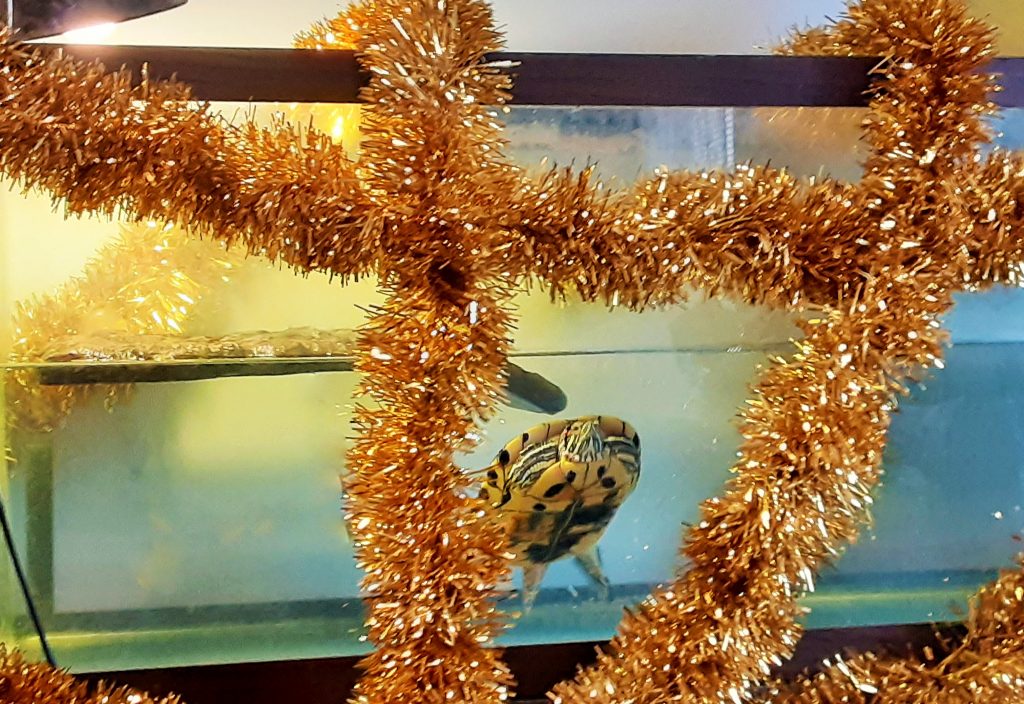
May you and yours have a safe and happy holiday, festive however you like best!
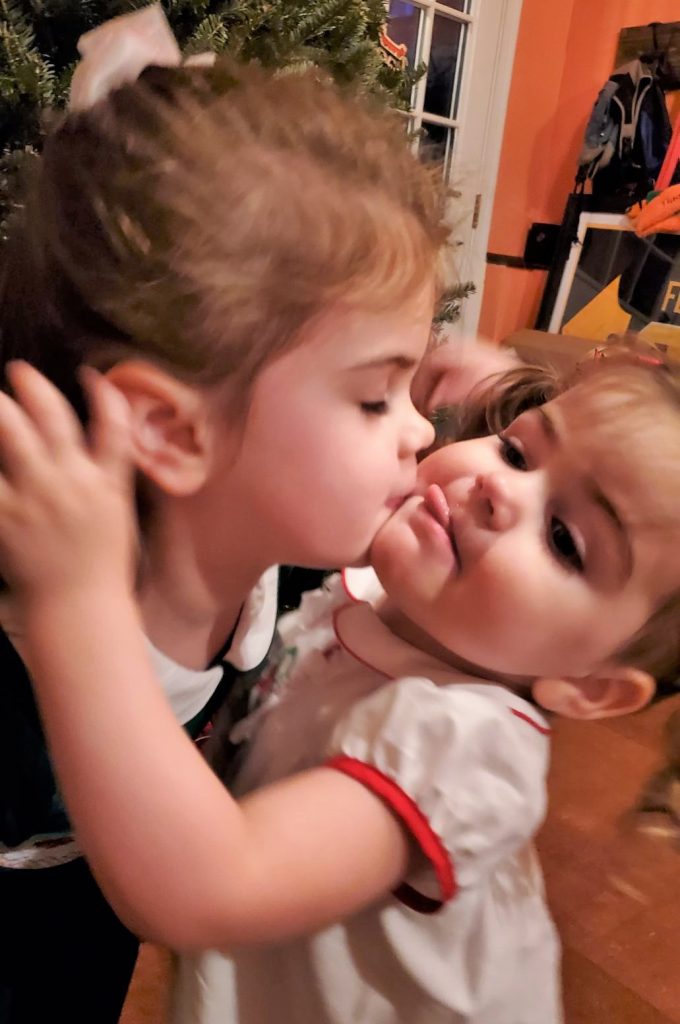



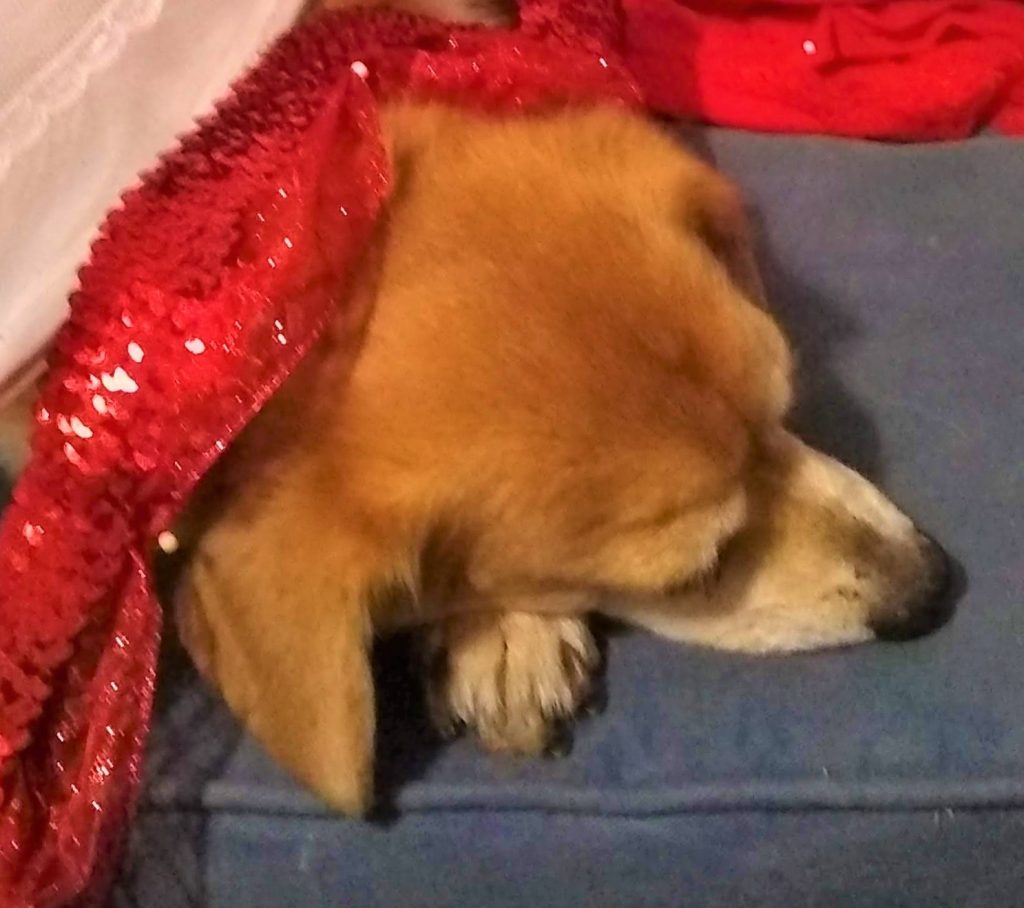



All of our furry and scaly friends wish you holidays filled with treats and toys!




May you and yours have a safe and happy holiday, festive however you like best!








All of our furry and scaly friends wish you holidays filled with treats and toys!


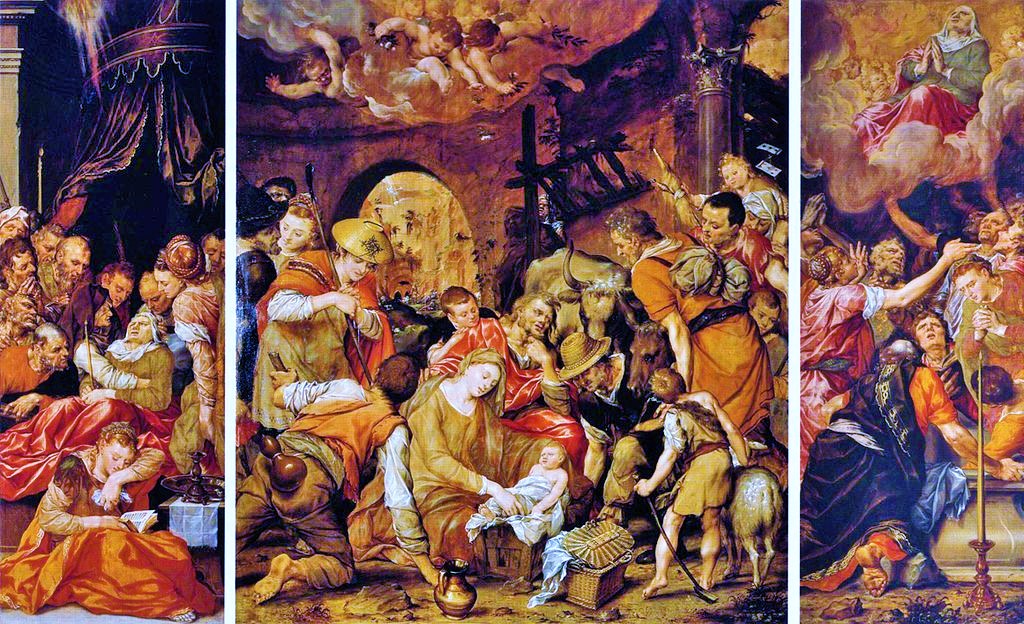
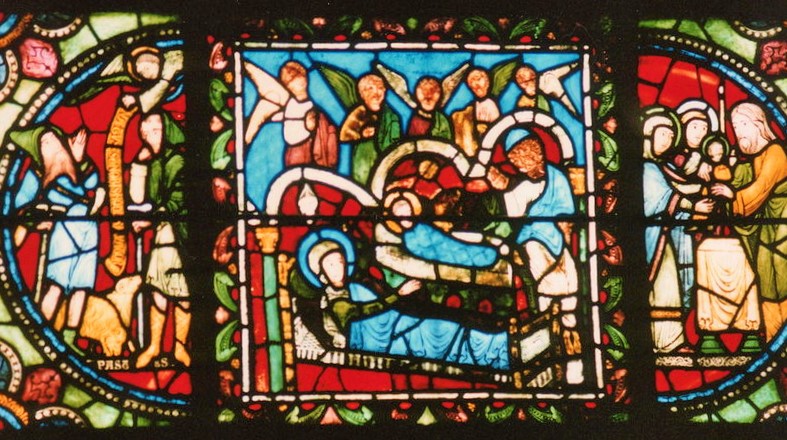
The logical answer would be, “We celebrate the birth of Christ on December 25th because that’s when He was born.” But in this instance, the logical answer is probably wrong.
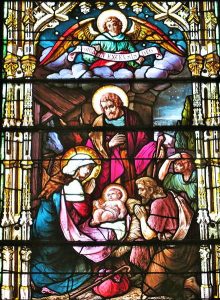
Neither the Bible nor any other record dates Jesus’s actual day of birth. In addition, the season when shepherds would be watching their flocks by night and when the census was taken would argue that the actual birth was either spring or autumn.
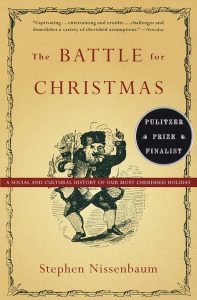
According to Stephen Nissenbaum, author of The Battle for Christmas, early Christians weren’t bothered by not knowing Jesus’s birthday for “It never occurred to them that they needed to celebrate his birthday.”
Further, according to Nissenbaum, the Church got into something of a crisis, with people tending to believe that Jesus never existed as a man. Instituting a birthday celebration was a way to counteract that trend.
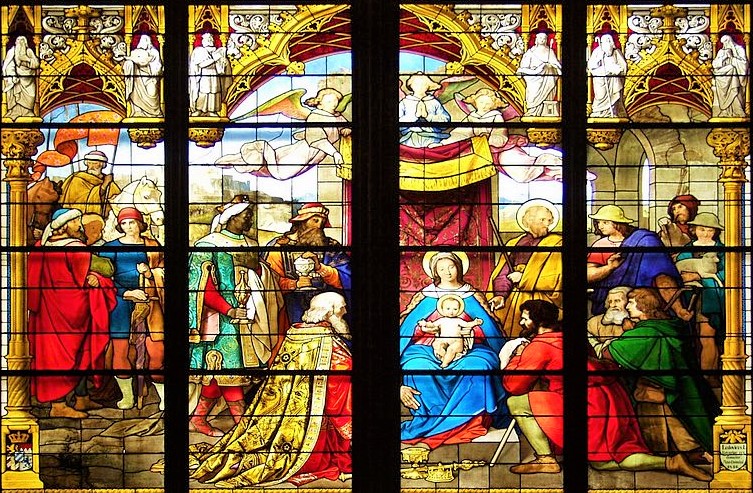
The first recorded date of Christmas being celebrated on December 25th was 336AD, during the time of the first Christian Roman Emperor, Constantine. Perhaps he chose that date because Pagan Romans would be celebrating the Winter Solstice, Saturnalia, and “Dies Natalis Solis Invicti” (birth of the unconquered sun god, Mitra) anyway.
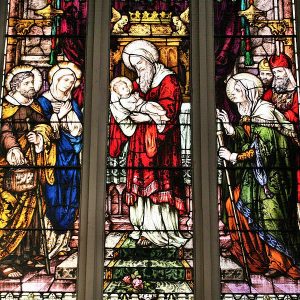
Another possible explanation stems from Jewish tradition. Male babies were circumcised and given their names eight days after their birth. Church elders may have settled upon the beginning of the new year as the Naming Day of Jesus; eight days before that would be December 25th.
Pope Julius I is said to have declared that the birth of Jesus would be celebrated on the 25th of December. However, the sources for this claim are extremely questionable.
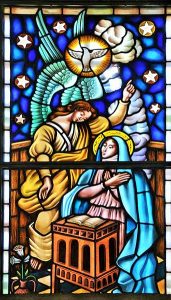
One very early Christian tradition held that on March 25th the Angel Gabriel told Mary she would have a very special baby. The Annunciation is still celebrated on March 25th—and nine months later is December 25th.
The early Church celebrated Christmas, the Epiphany, and the Baptism of Jesus all on January 6th. In some parts of the UK, January 6th is still called Old Christmas.
Then, too, not everyone celebrates Christmas on December 25th even today. Many Christians use other dates or December 25th on non-Gregorian calendars. The dates below are all Gregorian.
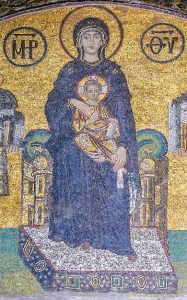
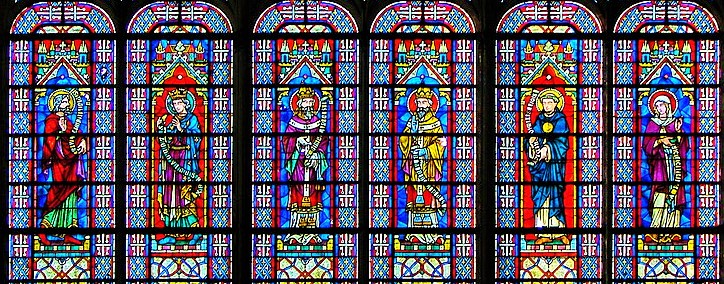
If you’re particularly bored (or really itching for a fight) in the next few weeks, go online and declare that you know the definitive birthdate of Jesus. No matter what date you claim, people will swarm to prove you wrong.

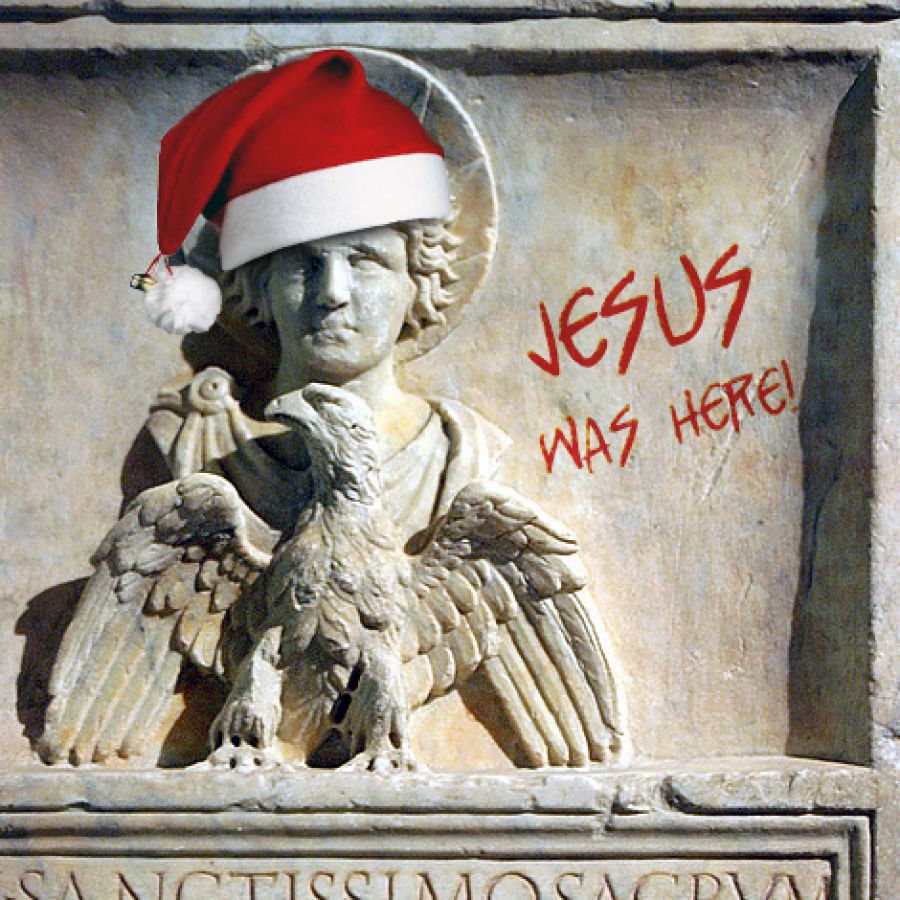

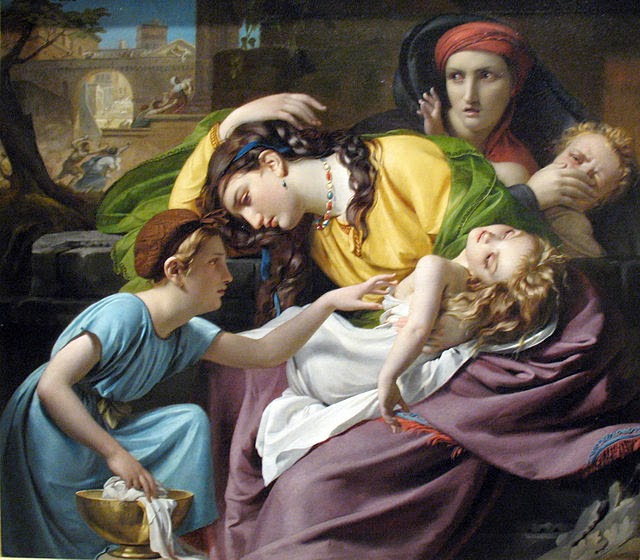
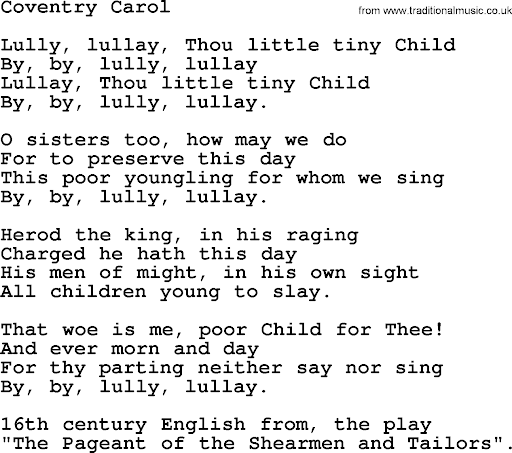
CONSIDER THE DOWNSIDE OF CHRISTMAS.
Part of the downside of Christmas is this myth that everything and everyone is merry and bright, and if you aren’t, you must be a Scrooge. Or a Grinch. Or Burgemeister Meister Burgher. Indeed, much of what follows also applies to Hanukkah, Kwanzaa, Ōmisoka, and other holidays too numerous to mention. Almost everyone (every character?) suffers one or more of these downsides of typical celebrations.
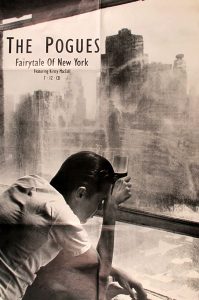

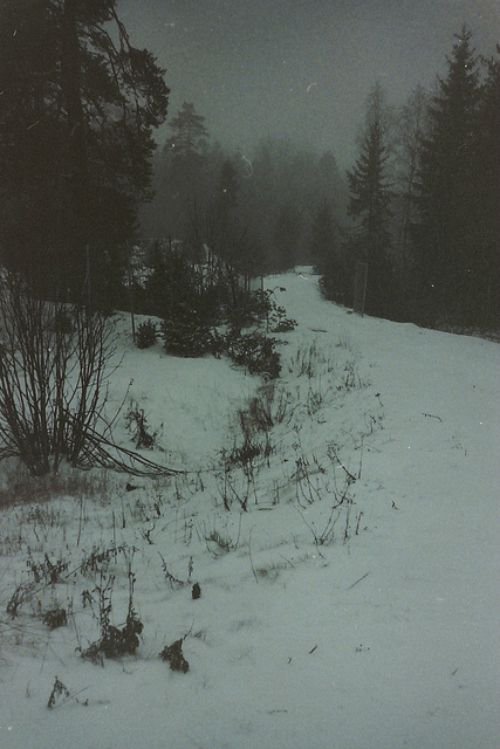
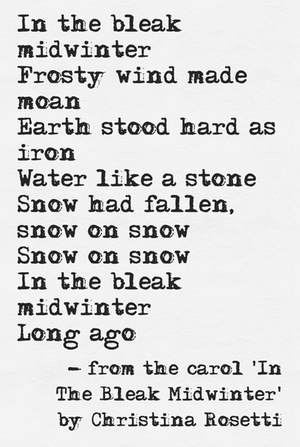
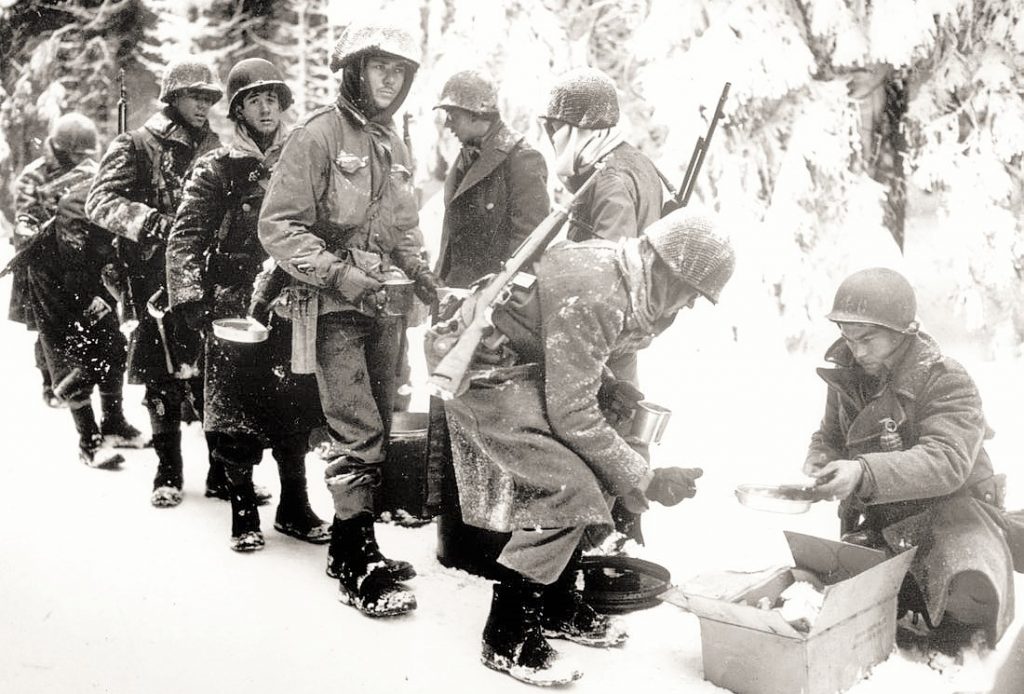





An ambulance driver explained it to me this way:
“It’s like everyone’s on a hurt-yourself schedule, same every year. Early morning starts with the drunk drivers going home from parties, sometimes the homeless with hypothermia, depends on the weather. Then the kids get up way too early and open their presents and start hitting each other with them or falling off anything with wheels and breaking any bone you can think of.
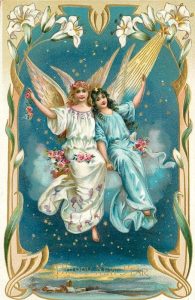
“After that, you get a mix of cooking accidents and alcohol poisonings through the afternoon. Eventually, people hit their limit with family, have too much to drink, and start beating on each other. That’s also about the time ‘lonely hearts’ start calling us, asking to go to the hospital just because they have no place else to go and they don’t want to be alone.
“People eat too much at dinner and get the ‘too-much-macaroni sweats.’ They get heartburn and think they’re having a heart attack. We get more alcohol calls, either people fighting or passing out.
“And then everyone heads home, driving drunk. Better hope your tree doesn’t catch on fire. Happy Holidays.”

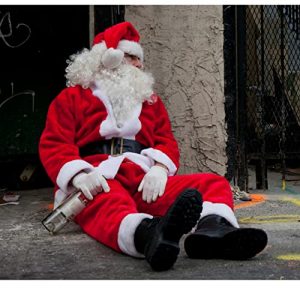

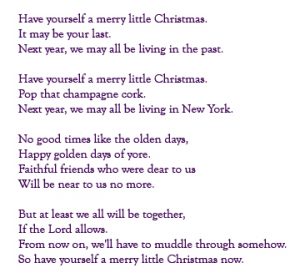

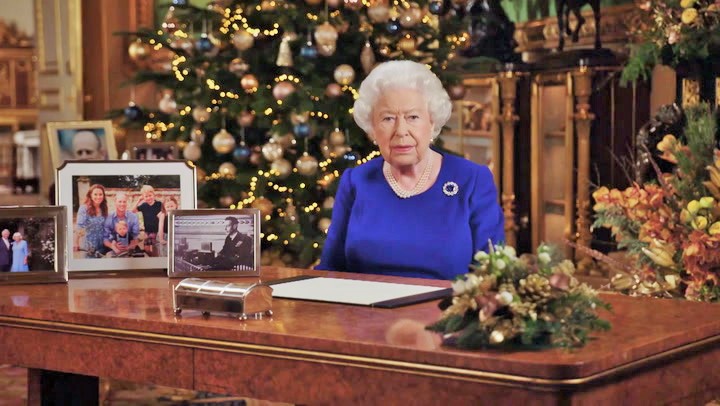
Bottom line: These are all for typical Christmases. Consider which might be eased and which might be exacerbated in the year of COVID?
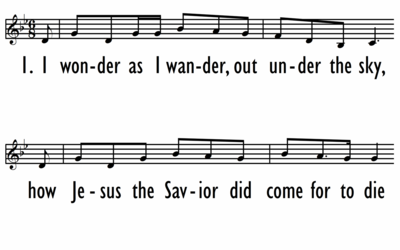
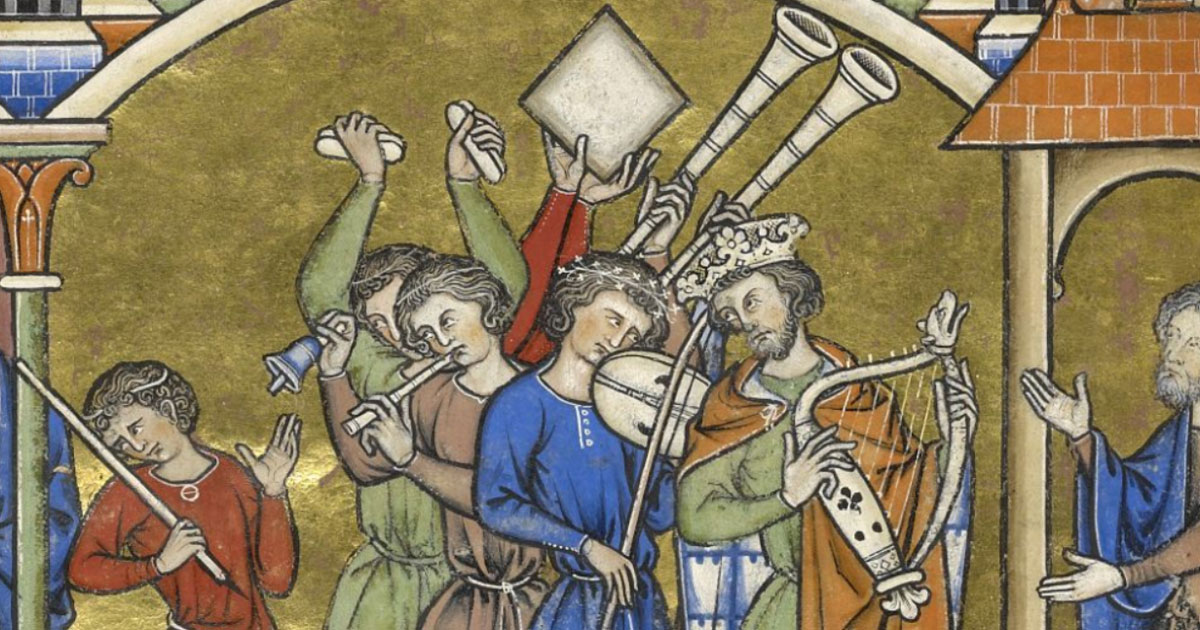
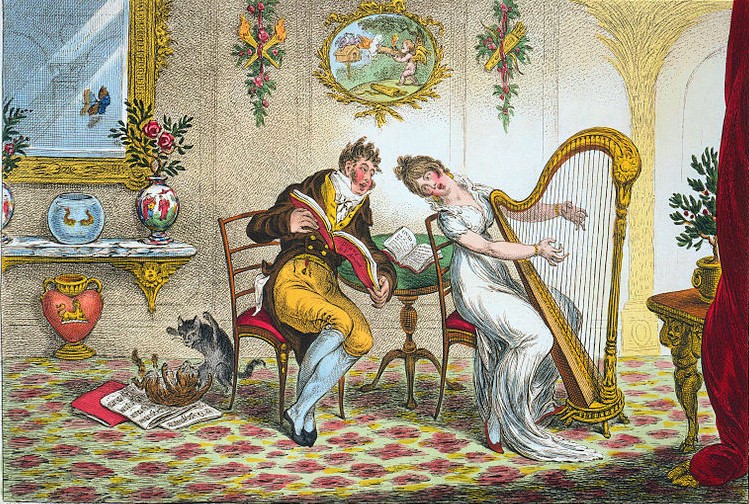
Christmas Carols have always been around, right? No, not exactly.
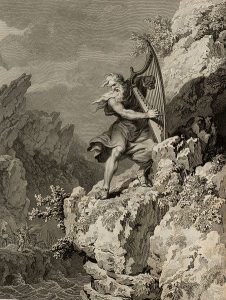
Carols were sung in Europe thousands of years ago. The word “carol” means dance or song of praise and joy, typically in rings and circles, and they used to be common during all four seasons. Pagan carols at Winter Solstice celebrations were sung as people danced around stone circles. The Winter Solstice is the shortest day of the year, usually falling around Dec. 22.
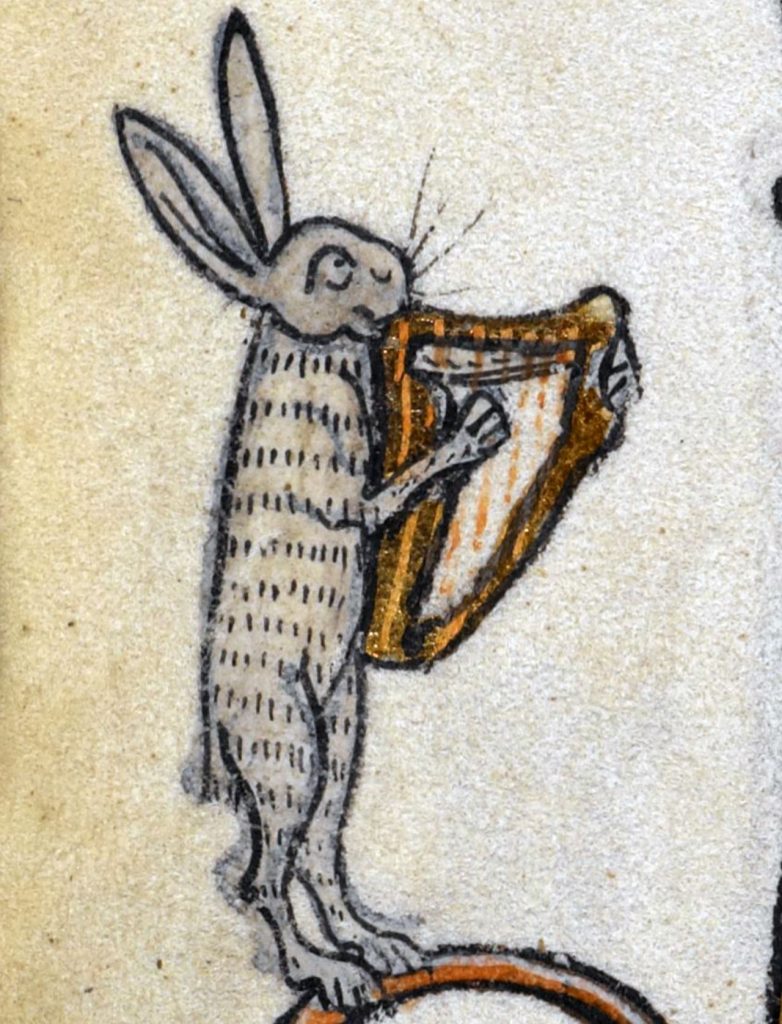
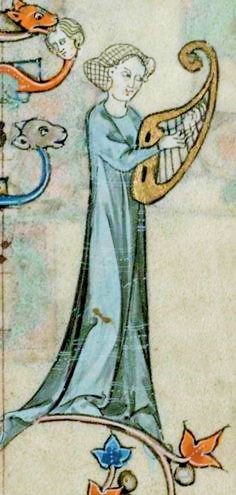
Carols at other seasons of the year have largely disappeared. Perhaps winter carols have survived because early Christians took over the pagan solstice celebrations for Christmas and gave people Christian songs to sing instead of pagan ones.
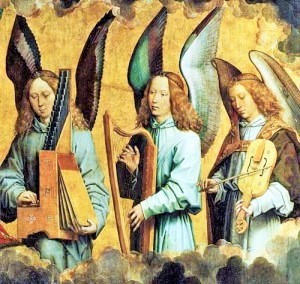
In AD 129, a Catholic Bishop said that a song called Angel’s Hymn should be sung at a Christmas service in Rome. Another early Christmas Hymn was written in AD 760, by Comas of Jerusalem for the Greek Orthodox Church.
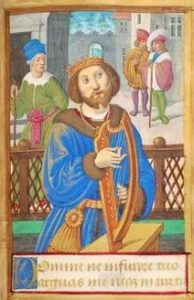
In subsequent years, composers all across Europe wrote such hymns. They never became popular, some say because they were written in Latin, which common people didn’t understand.
In AD 1223, St. Francis of Assisi started Nativity Plays in Italy. The people in the plays sang canticles that told the story during the plays, normally in a language that the audience could understand and join in. The new carols spread across Europe.
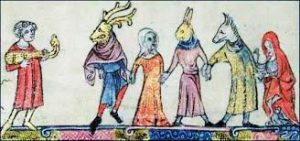
In AD 1426, John Awdlay, a Shropshire chaplain, listed twenty-five “caroles of Cristemas,” the first written record in English.
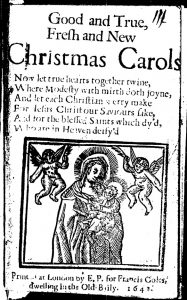
During the 15th century and through the Elizabethan Era (ending 1603), these carols were fictional stories loosely based on the Nativity described in the Gospels and intended as entertainment rather than worship. They were sung in homes or pubs, not churches.
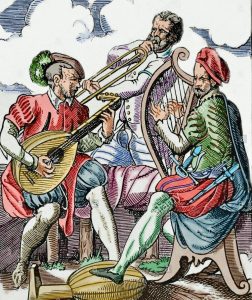
Traveling minstrels freely changed the words to suit the local people wherever they were. For example, I Saw Three Ships might first have represented ships taking the skulls of the three wise men to the Cologne Cathedral, but over time and venues, the travelers on the three ships were sung to be many different Biblical characters.
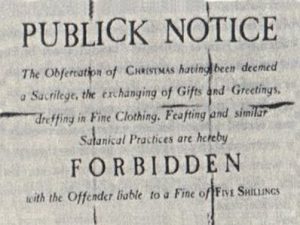
When Oliver Cromwell and the Puritans came to power in England in 1647, the singing of carols was banned. Carols survived because people sang them in private.
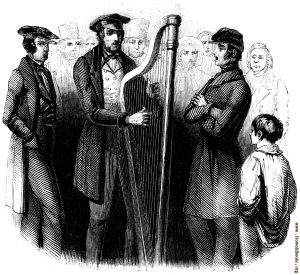
During the Victorian period, many new carols were written including Good King Wenceslas. Hark! The Herald Angels Sing (originally Hark! How All the Welkin Rings), The First Noel, and God Rest You Merry, Gentlemen were popularized. The custom of singing carols in the streets became popular and remains so today.
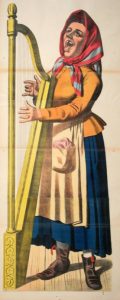
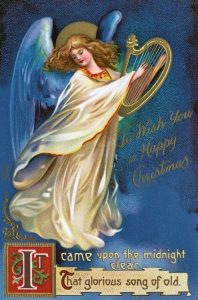
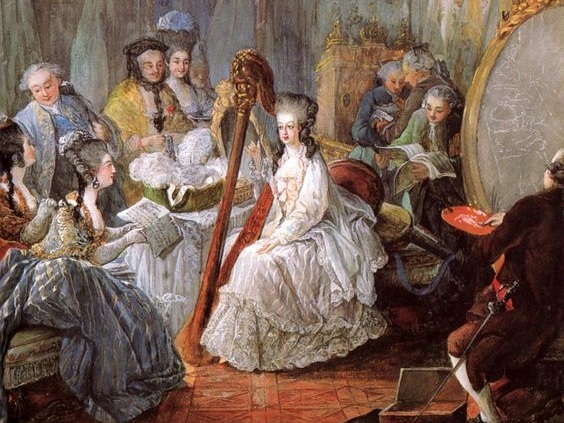
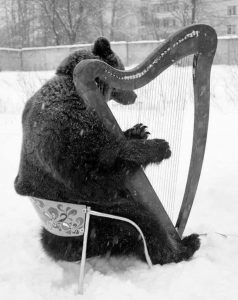
In older times, caroling children asked for (and were given) edible gifts such as dried fruit, eggs, nuts or sweets. By the 20th century, the edible gifts had been replaced by money. Caroling is also done by choirs, marching bands, groups trying to raise money for trips, projects, or charity, folk societies, neighbors, and well-wishers.
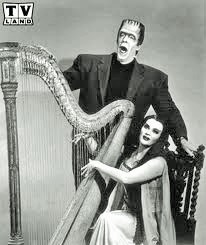
Now caroling often includes secular as well as religious music. Such songs written in the United States range from Jingle Bells and Frosty the Snowman to O Little Town of Bethlehem to Away in a Manger. So gather round the old piano and celebrate the season with songs of your choice!
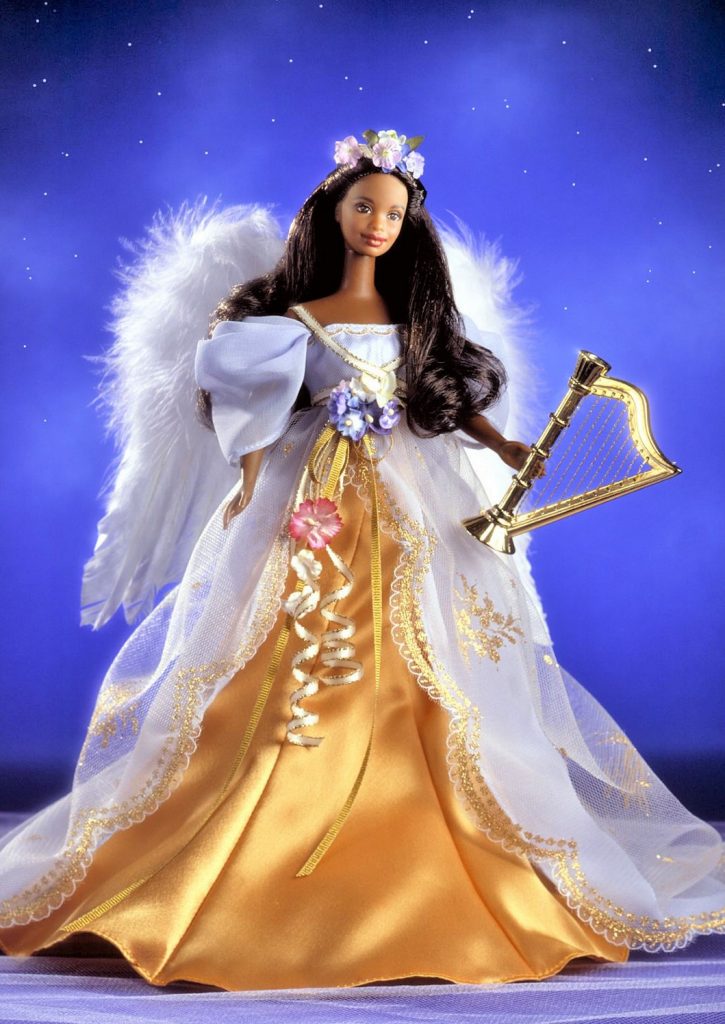
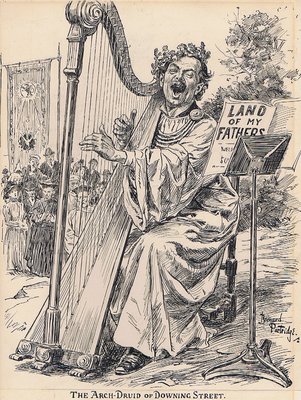
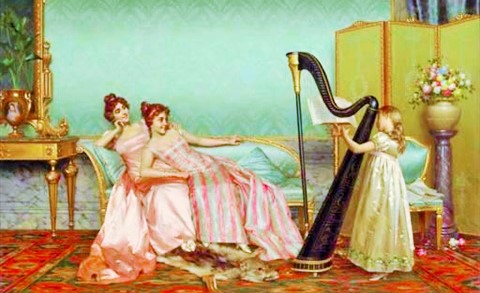


There are those, for example David C. Pack writing in The Real Truth magazine, who denounce the pagan origins of Christmas trees and other greenery. Pack cites Jeremiah 10:2-5 to support his assertion that we should have nothing to do with Christmas trees.

I am not among those. The reality of the world is that things morph and change—the meaning of words, clearly, but other symbols as well. So let’s take a look at the consensus around the evolution of the Christmas tree.
Long before the coming of Christianity, evergreen plants had a special meaning for people in winter. Ancient Europeans hung evergreen boughs over their doors and windows. In many countries, people believed that these would keep away witches, ghosts, evil spirits, and illness. The Romans used fir trees to decorate their temples at the festival of Saturnalia. Today, Christians use it as a sign of everlasting life with God. Why can’t it symbolize all those things?

Although evergreen trees are the through-line, in parts of northern Europe, cherry or hawthorn plants or branches were brought inside in hopes they would bloom in time for Christmas.
Many early Christmas trees were hung upside down from the ceiling.
The first documented use of tree at Christmas and New Year celebrations was in 1510, in Riga, the capital of Latvia. After the ceremony (involving men wearing black hats) the tree was burned. This is sometimes associated with the yule log.
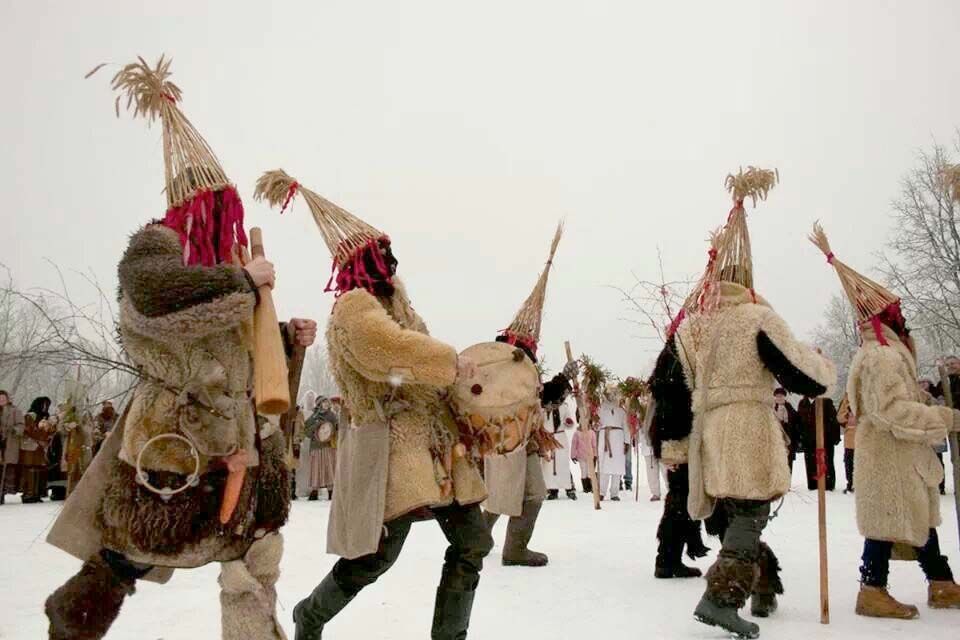
The first person to bring a tree into the house, in the way we know it today, is thought to have been the German preacher Martin Luther in the 1500s. The lore goes that he was walking home in winter, was impressed with the stars shining through tree branches, and cut a tree to take home. He put small lit candles on the branches to share his vision with his family.

There are other stories, for example about St. Boniface of Crediton leaving England to travel to Germany. But this isn’t an encyclopedia, so I’ll move along.

But another point of consensus seems to be that Christmas trees took hold in Germany and spread across the world from there. In Germany, early trees were decorated with edible things like gingerbread and gold-covered apples. But by 1605, they were decorated with paper roses, apples, wafers, gold foil, and sweets.

The Christmas tree came to Britain sometime in the 1830s, and became popular in 1841 when Queen Victoria’s German husband had a Christmas tree at Windsor Castle. From England to the United States, from candles to electric lights, the evolution continued.

Artificial Christmas trees have long been popular, from the trees made from colored ostrich feathers in the Edwardian period on. Over the years, artificial trees have been made from feathers, papier mâché, metal, glass, and lots of plastic. Now lawns sometimes sport inflatable trees!
So, if pre-Christians and Christians both found good in the green of midwinter, fine with me! I plant hellebores and other evergreens where I can see them on the shortest days of the year.
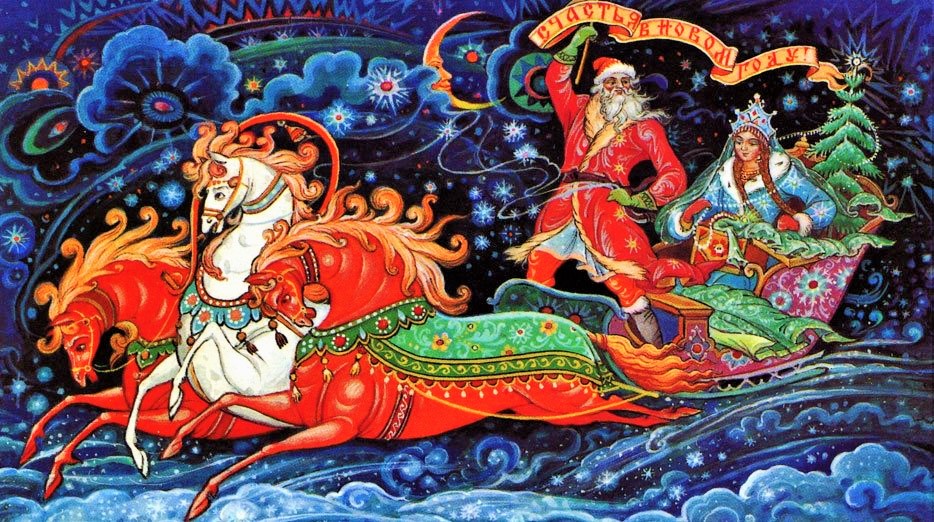
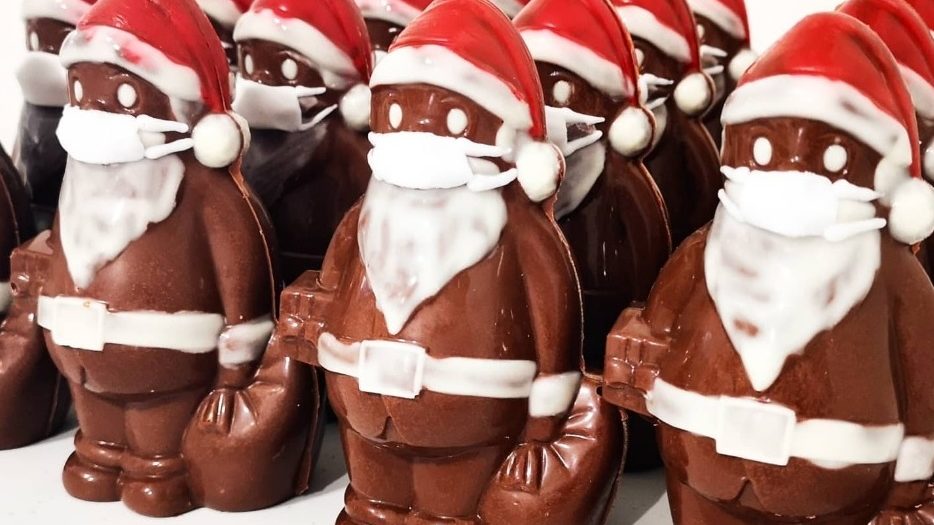
The Charles W. Howard Santa Claus School is the oldest in existence. Before 1937, Santas were pretty much on their own, and any man with a red suit would do.

OUR MISSION:
To uphold the traditions and preserve the history of Santa Claus while providing students with the necessary resources to improve and further define their individual presentations of Santa and Mrs. Claus, allowing them to enter the hearts and spread the Christmas spirit to everyone they meet.

At the Charles W. Howard Santa Claus School, more than 200 aspiring Santas gather each year to attend a three-day series of classes where they learn everything from the history of Saint Nicholas to reindeer habits.
In November, 2018, Mental Floss took an in-depth look. Here are several points from their write-up, 13 Things to Know About The World’s Oldest Santa School.
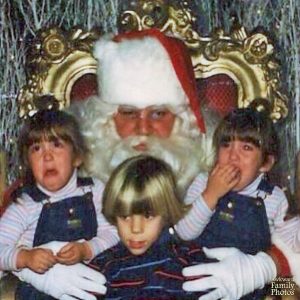
Each year, about 200 Santas (including a handful of Mrs. Clauses) attend class in Midland—but not everybody who applies gets accepted. Co-Dean Holly Valent rejects Santas who don’t seem interested in children or singing. (In other words, Santas who appear to be in it only for the money.) Additionally, she has to place around 40 prospective Santas on a waiting list each year. Thankfully, the workshop in Midland is not the only Santa school under the North Pole.
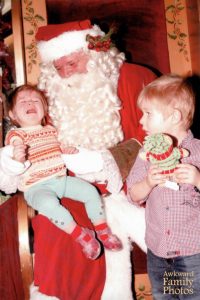
The most important aspect of being a good Santa is learning how to genuinely listen to all kinds of children. “[Y]ou have to be on your toes all the time, because you never know what the children are going to ask you,” Mary Ida Doan, who plays Mrs. Claus, told WJRT. (Doan would know: She’s a member of the International Santa Claus Hall of Fame.)
During the workshop, the Santas get schooled in child psychology and learn handy tricks from experts and each other: How to deal with squirmy children, crying children, children who are afraid of you, and more. The Santas even learn basic sign language. “It’s important to be able to spread Christmas cheer to all children,” a Santa named Bill told Reuters.
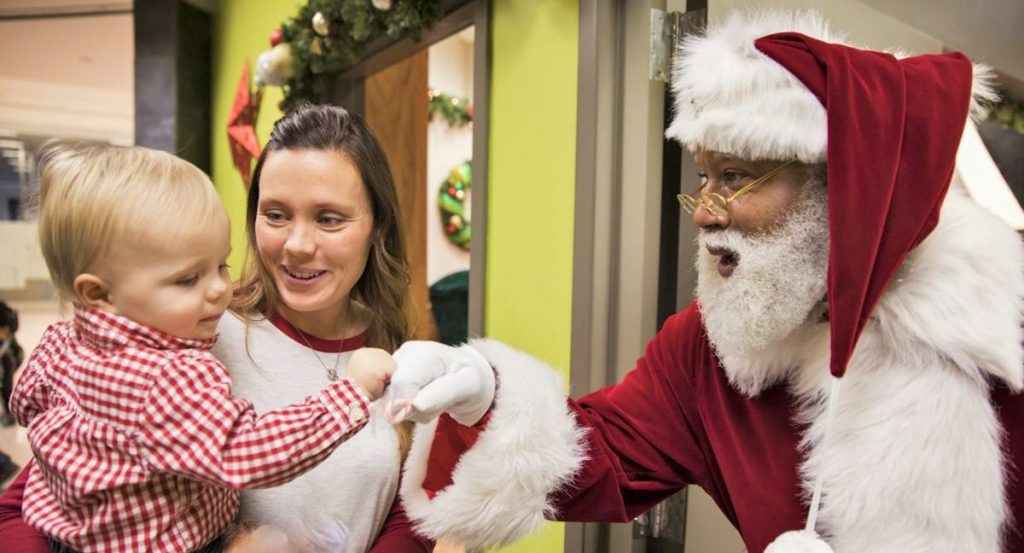
An organization called Santa America provides extra training for Santas to connect with children who need a different kind of communication to reach all that Christmas cheer. The frenetic atmosphere at a typical Santa’s Grotto can be overwhelming and terrifying for any child. Santas who have trained with Santa America can create a quieter, calmer, slower space. These “Sensitive Santas” are in demand at Christmas for hospitals, very young children, children on the autism spectrum, and many others.
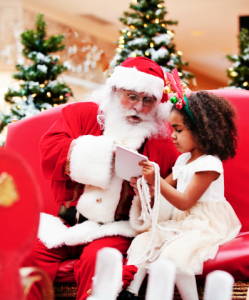
Santa America also connects local Santas and their companions with people who might need a visit from Santa Claus any time of the year: during a hospital stay, after major disasters, when a parent is deployed overseas. Part of their mission is to prove that Santa Claus, Mrs. Claus, and the elves never go off on vacation when children need them.

Since kids are apt to ask Santa anything, it’s best that Santa draws his answers from real experience. What are the reindeer like? To find out, Santa students study reindeer habits and get to meet real reindeer.
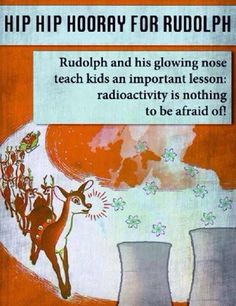
How are toys made? The Santas spend quality time learning how to make wooden playthings.
The Santas also attend lectures about St. Nick’s backstory and the North Pole. “Know who you are,” Valent tells an assembly of Santas, according to CNN. “Know your legend. Know where you came from.”

Since each Santa must prepare for radio and TV interviews, much of Santa school focuses on teaching students how to craft an accurate and authentic persona. “For example, they’re advised to create a backstory for their ‘elves,’ pulling names and characteristics from kids and grandkids in their own circles,” Kathleen Lavey reported for the Lansing State Journal. It also means learning how to deliver a hearty but balanced Ho Ho Ho. “You have to do it mild,” Tom Valent explained. “It’s got to be a laugh.” (And to ensure the Santas are really in the Christmas spirit, they’re also taught how to sing with cheer.)
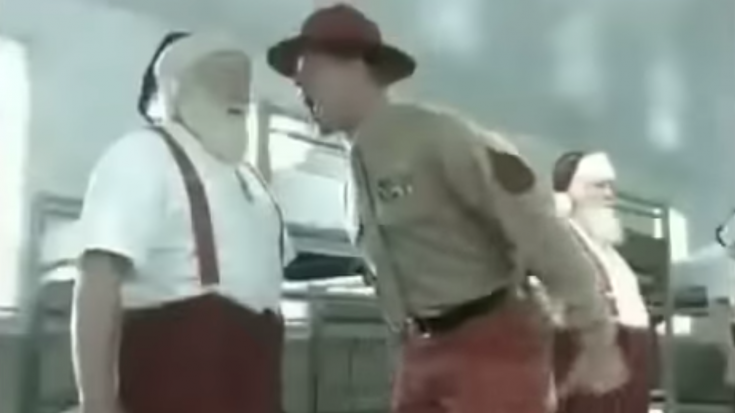
It’s not enough to nail the laugh. Being Santa requires you to be a full-body actor—and that means perfecting the big man’s jolly, bouncing swagger. The school is stuffed with movement lessons. “The school fitness teacher had them dance as if they were wrapping presents, baking cookies and filling stockings to classic Christmas tunes,” Christinne Muschi wrote for Reuters.

Santas also learn how to properly ease in and out of a sleigh and learn yoga and breathing exercises to keep limber. (It’s important work: Hoisting kids up and down from your lap for hours takes its toll.) As Tom Valent told CNN, “Santa is a healthy outdoorsman.”
Being Santa is not for the faint of heart or the faint of sinus. Pet photos with Santa are increasingly popular, often as part of a fundraiser. The Humane Society, Paws for a Cause, Sidewalk Dog, and many local animal shelters ask Santas to pose for photos with dogs, cats, hamsters, snakes, turtles, and any other pet they can safely hold. Better take that Benadryl!
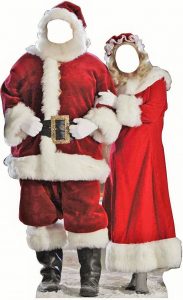
At Santa school—which costs $550 for new students—they teach classes on marketing, accounting, and taxes. That’s because being a freelance Santa is not cheap. A Santa with a bare chin is advised to buy a custom beard and wig that can cost up to $1800. And while a generic suit costs about $500, a personalized one can run over $2000. Add to that $700 for a pair of authentic boots. And then grooming expenses. Oh, and makeup.
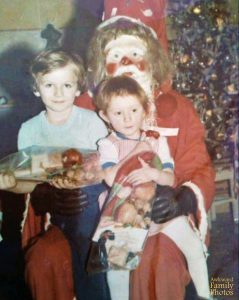
At school, Santas also learn how to curl their mustaches and groom their hair and beards (or wigs) to create a windblown I-just-got-out-of-the-sleigh look. They receive lessons in bleaching their hair to get a snow-white glisten as well as lessons in applying makeup.
According to Lavey, teachers show other Santas all the insider secrets: “How to take the shine off their foreheads with powder, pink up their cheeks with rouge, and add stardust to their beards with hairspray that contains glitter.”
The big secret to making Santa’s beard smell magical? Peppermint oil.
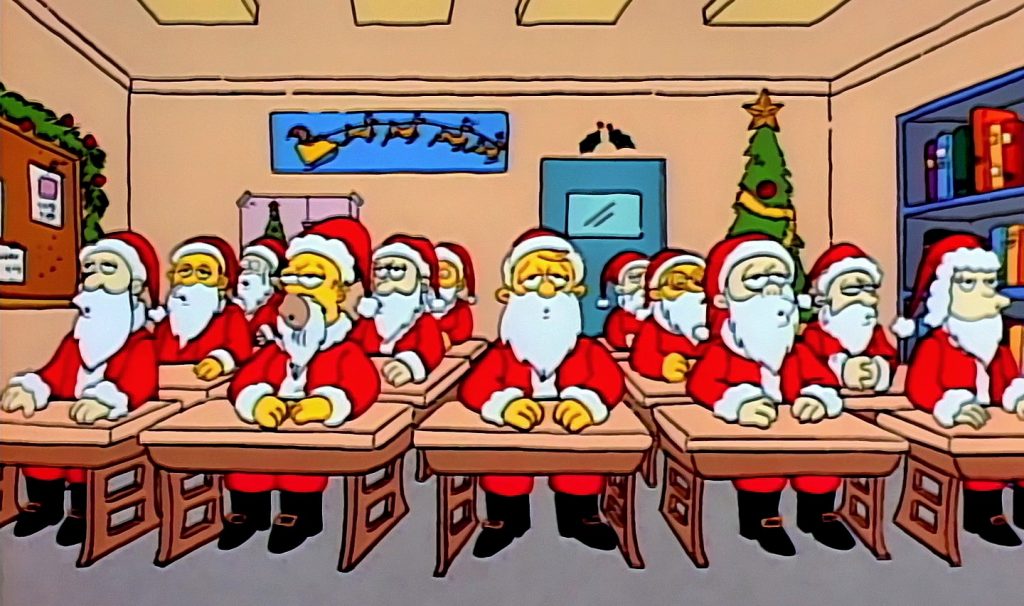
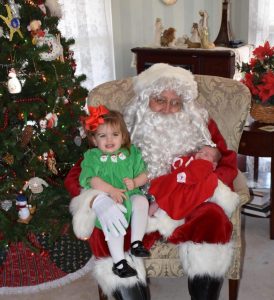
For those who can’t—or won’t—spend three intensive days and nights in Midlands, Michigan, there are options! In-person schools around the country and online for DYIers.
In November, 2018, Business Insider did an article on Santa schools, particularly the finances involved. Here are several quotes from that article.

“There’s two kinds of Santas: There are professional Santas and there are guys in red suits,” Santa Rick, a former mediator and divorce arbiter who runs the Northern Lights Santa Academy in Atlanta, Georgia, told Vox. “And the difference for me is there are those who want to better themselves and learn and master the trade, and there are the others.” This Santa school also has classes for Mrs. Claus and elves.
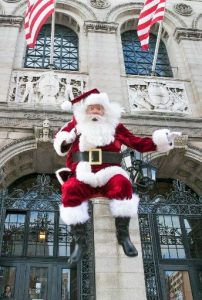
“I’m very high-energy, so I tend to put on a little bit of a show: The Night Before Christmas, and caroling, and magic,” said Santa Jim Manning, who is the official Santa Claus for Boston’s tree lighting and has covered the Red Sox Christmas card. “A lot of people think being Santa Claus means just showing up, sitting on the couch, and letting kids sit in your lap. But what I do is a lot more.” To the right, see Santa Jim jumping out of an airplane.
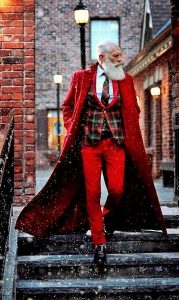
“Rick, of the Northern Lights Santa Academy, told Vox that high-end Santas can earn up to $25,000 a season, but the cost of travel, lodging, and garb can eat into the pay. A quality Santa costume and accessories costs at least $1,000 and a beard set made of human hair can range from $1,800 to $2,500, he said.”

“Santa Ed Taylor has been running the Santa Claus Conservatory, an online training program with more than 2,300 aspiring Santas, since 2013. The courses range from $97 to $347.”

Not only does the IUSC offer courses around the world, they have a degree program recognizing a student’s years of dedication. A Santa or Mrs. Claus can earn a Doctorate of Santaclausology (PhD), with options for further advanced study.
Unfortunately, all 2020 International University of Santa Claus in-person classes have been cancelled. Online courses are available, so aspiring Santas can ask their grandkids for help logging in to Zoom classes!
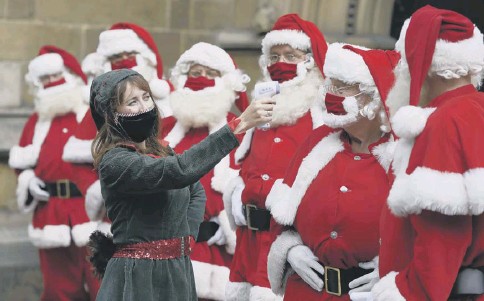
2020 is an atypical year. (You heard it here first!) And this is true for Santas and Santa schools as well. Dr. Fauci has assured the public that Santa Claus is naturally immune to COVID-19, but Santa can still spread the virus. Santa Claus, Father Christmas, Grandfather Frost, Sinterklaas, and all other Christmas gift-bringers have been declared essential workers and therefore exempt from quarantine or isolation rules.
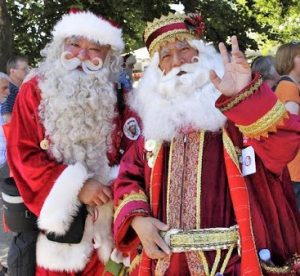
The 2020 World Santa Congress was cancelled. Many tree lighting ceremonies and holiday parties have been cancelled. Even the 2020 Santa Mediterranean Cruise has been indefinitely postponed.
Some Santas are adapting with smaller grottos, shorter visits, and lots of hand sanitizer. Others are setting up plexiglass barriers or arranging for children to stay more than six feet away. A few mall Santa Grottos are even setting up holographic Santas for photos.
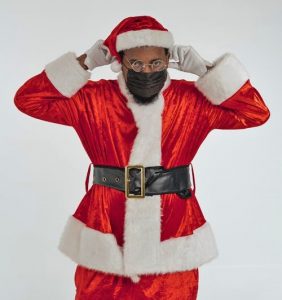
However, possibly the safest option for Santa and for kids is to visit Santa digitally.
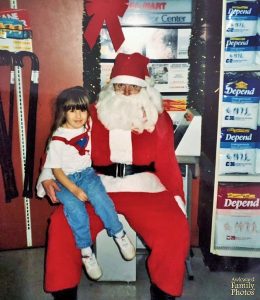
Editor’s Note: Special thanks to Awkward Family Photos for sharing the very best of the very worst photos with Santa Claus.
Bottom Line: There’s more to being a good Santa than putting on a red suit! Consider how Santas and Santa schools might broaden your cast of characters and/or plots.
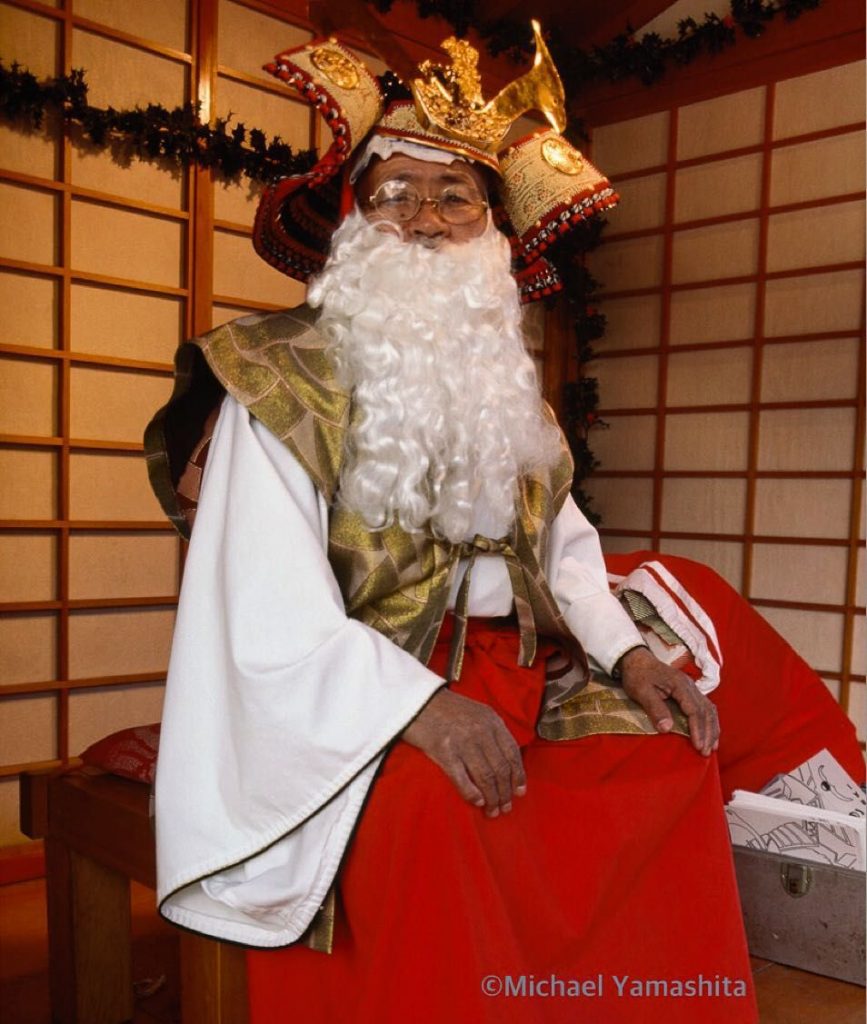
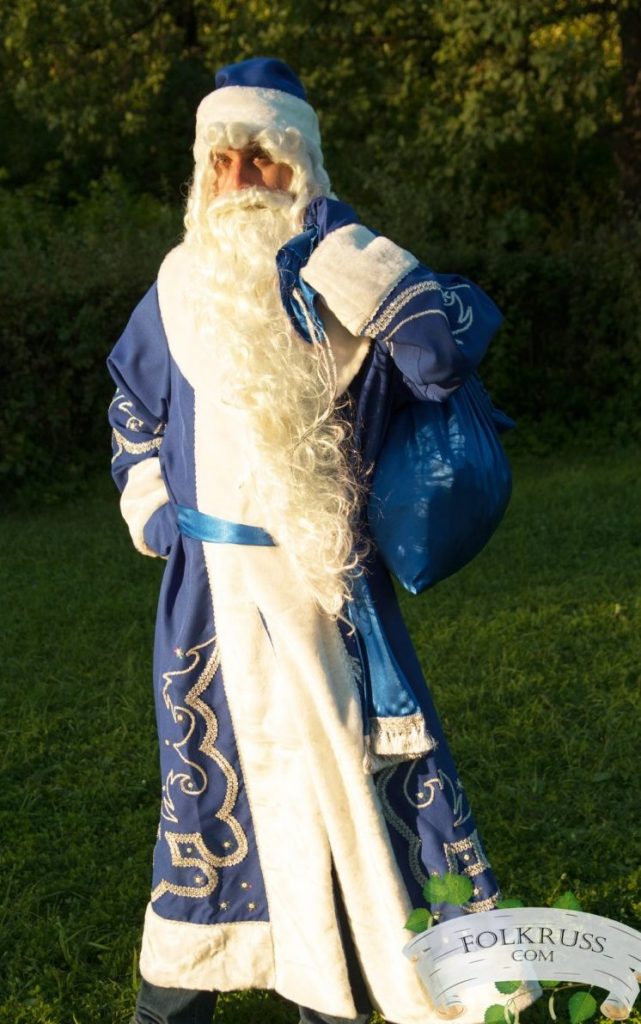
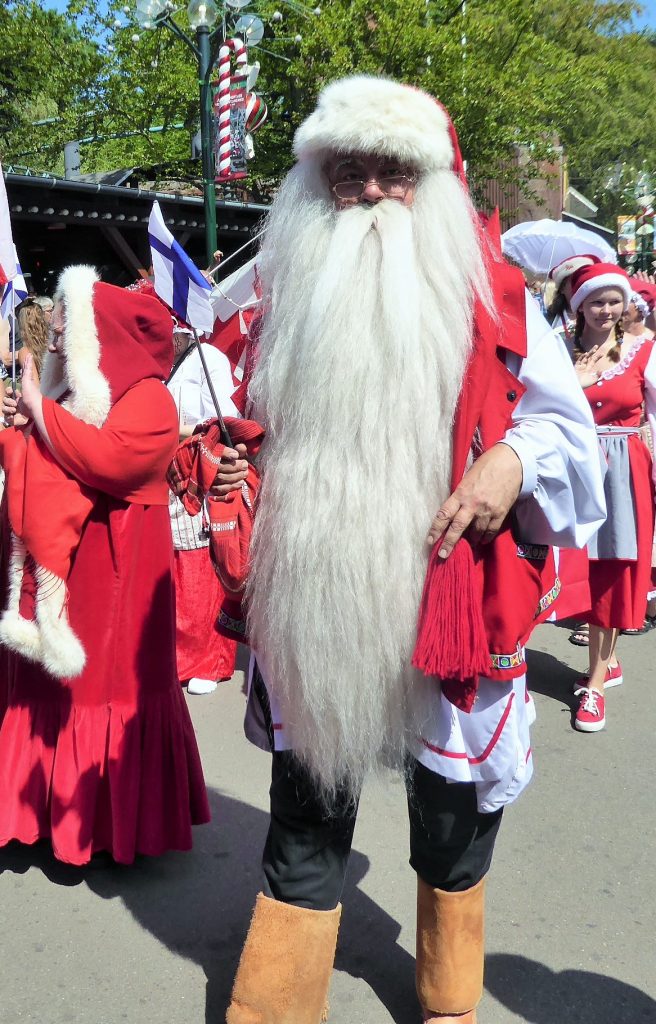
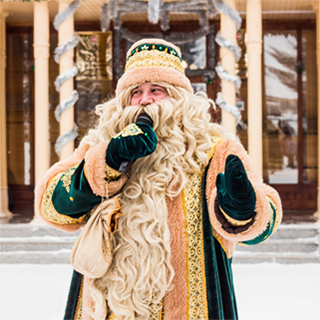


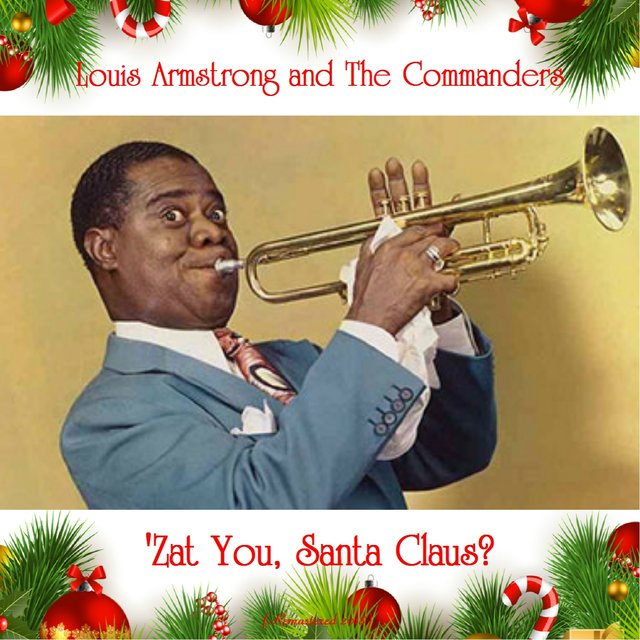
The subtle, quiet displays of merchants in the area may have hinted at it, but just in case you didn’t notice: Christmas is coming! Yes, I know, it’s easy to overlook the slight adjustments in advertising décor and to miss the odd carol or two playing on radio stations. Santa Claus will be coming to town in approximately twenty days (depending on when you read this).
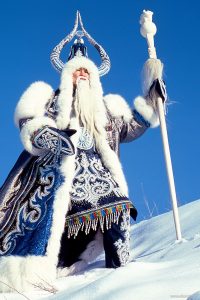
But did you know that St. Nicholas is also coming? And that Father Christmas is coming? Grandfather Frost will be here with his granddaughter the Snow Maiden. If you’re very lucky, you might even get a glimpse of Befana, Joulupukki the Yule Goat, Amu Nowruz, or Olentzero. The evolution of modern Christmas customs, including Santa Claus, has been discussed on this blog before.

If you’re very lucky and have highly refined literary tastes, you may catch a glimpse of the Hogfather.
Krampus, Belsnickel, Pere Fouettard, Knecht Ruprecht, the Yule Lads, and other Companions will probably be coming to town as well, but you should probably hope you don’t run into them.

But why should you care about all these visitors wandering about your town? (Besides the tendency to trespass and child beating, of course?) If society is reflected in its myths, then the writer can illustrate society by mentioning the myths.
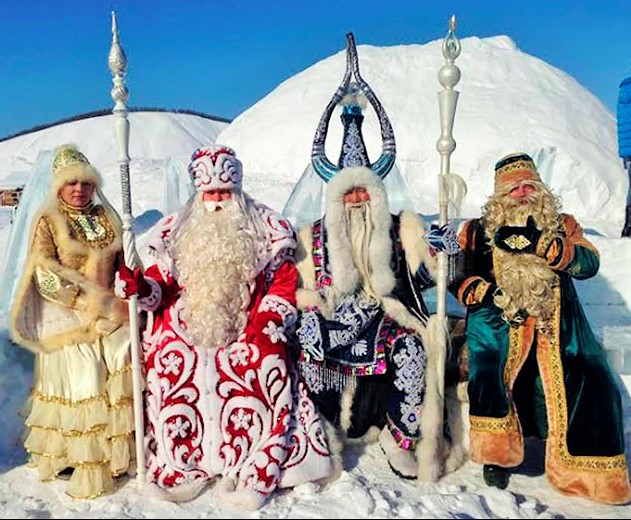
As discussed before, humans tend to follow the sun. When it goes away, we tend to get a little anxious and want it to come back. The tendency to mark the solstices appears in almost every part of the world that sees the effects of axial rotation. Giving gifts is a common theme at this time of year, often contrasted with giving coal or beatings to the deserving.
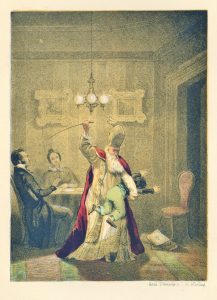
Writing teachers are always telling us to “show, not tell.” Referring to a culturally specific Santa-esque figure is a great way to show where and when a story is set. Consider some of these holiday figures with a habit of giving sweets, money, and gifts to deserving believers. Many of them are accompanied by a darker foil who comes to punish those who have been “naughty” during the preceding year.
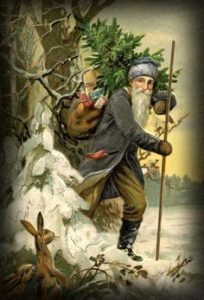
Today, Father Christmas is often depicted as simply the English version of Santa Claus. Look back a few hundred years, however, and you’ll see a very different figure. Oliver Cromwell’s puritan government cancelled Christmas during the English Civil War; the public brought it back during the Restoration of 1660. At that time, Father Christmas was the personification of Medieval customs of feasting and making merry to celebrate Yule. The evolution of Father Christmas since that time follows the changes in common Christmas celebrations in England.
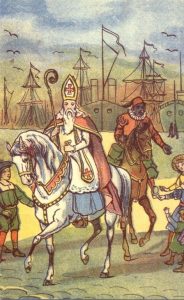
Saint Nicholas Day is almost upon us! Dutch children will leave their shoes on the doorstep or by the fire so that Sinterklaas can fill them with candy and toys. If children have been naughty, Sinterklaas’s assistant Zwarte Piet beats them with a stick or throws them into his sack and sends them to Spain. The historical Saint Nicholas was the Bishop of Myra (in modern Turkey) and patron saint of children and travelers. He arrives by steamboat and parades through town on a white horse, wearing his traditional bishop’s attire, accompanied by his assistants. Sinterklaas carries a huge, red book with a list of all the naughty and nice children in the area. The modern American Santa Claus owes much of his current fashionable ensemble to Sinterklaas.
Zwarte Piet, Black Peter, is a very controversial figure in modern Sinterklaas festivities and worthy of a separate discussion all his own.
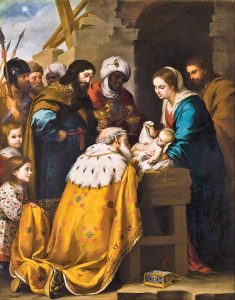
In many traditionally Catholic countries, gifts are brought by three figures: the Wise Men from the East mentioned in the Gospel of Matthew. On their way to bringing gold, frankincense, and myrrh to Baby Jesus, the Wise Men take a break to deliver gifts to good children in Venezuela, Spain, the Philippines, and many other countries. Very few specifics are actually given in the Bible, but traditions have filled in plenty of details. Kaspar, Melchior, and Balthazar may have come from Persia, Arabia, Pakistan, India, China, Tibet, Mongolia, Armenia, or Babylon, depending on local custom. Gifts are often given to children on January 4th, the Feast of the Epiphany, instead of December 25th.
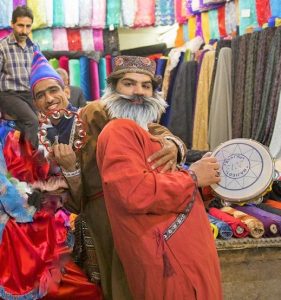
Uncle Nowruz gives gifts to children at the Iranian New Year, which occurs at the Spring Equinox rather than the Winter Solstice. He spends the year travelling the world with Haji Nowruz, a soot-covered minstrel. While Haji Nowruz dances and sings, Amu Nowruz gives coins and candy to children.

Ebisu, Daikokuten, Bishamonten, Benzaiten, Juroujin, Hotei, Fukurokuju bring their treasure ship Takarabune to Japan on January 2, the beginning of the New Year. Like the early Father Christmas, the Seven Lucky Gods bring good cheer and prosperity to everyone. Those who sleep with a picture of the Shichifukujin under their pillow will have good fortune in the coming year.
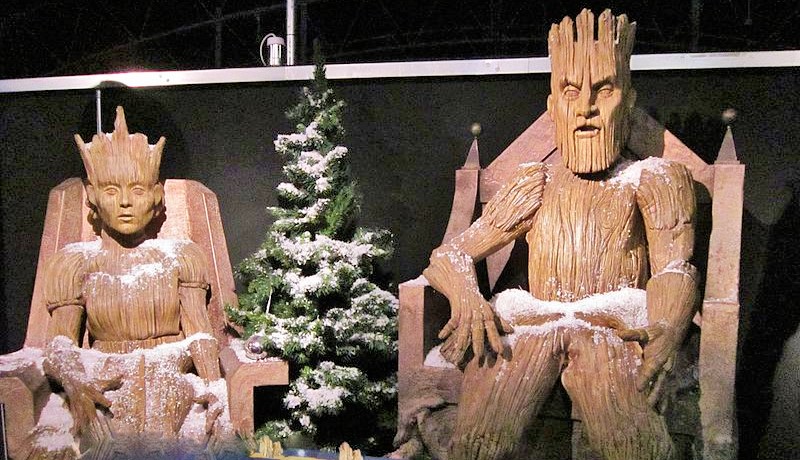
Pretty much any setting for a story on Earth has a celebration of midwinter or year’s beginning, complete with a figure who rewards or punishes believers according to their behavior the previous year. But what if the story doesn’t take place on Earth?
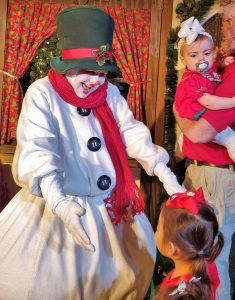
Once again, those who have gone before can show us how it’s done. Articles on io9, tv.tropes, and Goodreads show just how commonly a winter festival centered around gifts and the return of light occur in other universes. Tallying the previous year’s sins and distributing charity are common themes.
For a writer, midwinter festivals offer a chance to showcase family bonds, strengthen relationships, demonstrate local superstitions, or just have characters party.
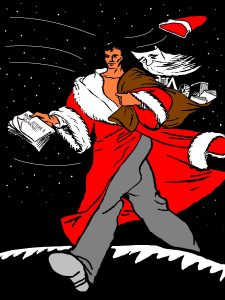
Honestly, I wasn’t sure whether to include Moș Gerilă as a real gift-giving figure or a fantasy. This “Old Man Frost” was created by the Romanian Communist Party in 1947 as part of an attempt to shift Christmas celebrations from the Orthodox Church and the private family to the state. Moș Gerilă was portrayed as a handsome, bare-chested, young man who brought gifts to factory workers. All celebrations were held on December 30th, the national Day of the Republic. Festivities with decorated trees and patriotic music were held in public spaces, and Moș Gerilă would come bearing gifts of nuts and sweets from the Communist Party to well-behaved children. The fate of badly-behaved children is not clear, but I would imagine a gulag was involved. After the fall of the Romanian Communist Party in 1990, Moș Gerilă disappeared and Moș Crăciun (Father Christmas, similar to the Russian Grandfather Snow) took his place.

Futurama, set in the year 3000, has an Xmas episode each season. Celebrants decorate a palm tree with lights and barricade themselves indoors. Santa Claus has been replaced by a robot with a programming error. He judges everyone to be naughty and attempts to exterminate everyone on Earth every year. Kevlar vests and body armor are common gifts.

According to fan gossip, George Lucas attempted to find and destroy every copy of The Star Wars Holiday Special after it aired for the only time in 1978. Life Day is a Wookie holiday centered around the Tree of Life, celebrating children and death. The holiday is traditionally observed by family gatherings, preparing special foods, singing in red robes on Kashyyyk, and exchanging gifts. Also, Bea Arthur runs a cantina on Mos Eisley for some unexplained reason.
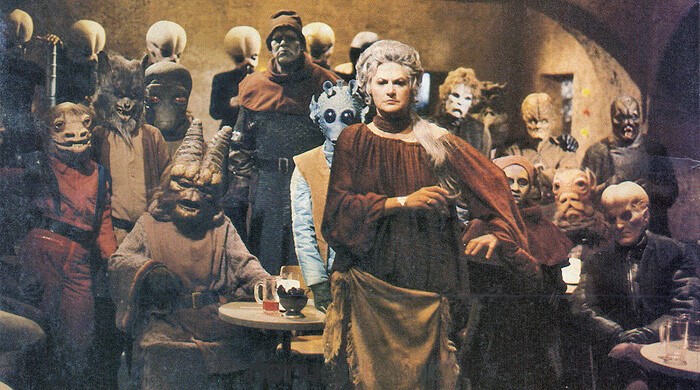
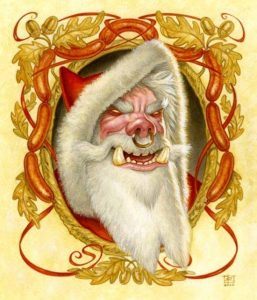
Terry Pratchett’s 20th Discworld novel, Hogfather, is essentially a satire of modern Christmas customs. Hogswatchnight is described by the narrator as “bearing a remarkable resemblance to your Christmas.” The Hogfather rides his sleigh pulled by magically flying boars around the Disc delivering toys by climbing down chimneys. Children leave pork pies and brandy for the Hogfather, essentially a wild boar dressed in Father Christmas robes, which raises some disturbing questions about why he eats pork pies.
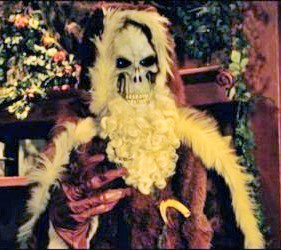
In the beginning, “Most people forgot that the very oldest stories are, sooner or later, about blood. Later on they took the blood out to make the stories more acceptable to children, or at least to the people who had to read them to children rather than the children themselves, and then wondered where the stories went.” Over the course of the book, there are zany hijinks and wacky shenanigans involving Tooth Fairies, elegant parties, the Auditors of the Universe, a governess, the Death of Rats, and various other Terry Pratchett wonders. Ultimately, Death (a seven foot tall skeleton with glowing blue eyes and a scythe) has to save the day. In doing so, he explains to his granddaughter (genetics are complicated) why celebrations of the sun’s return and surviving through winter are so important.
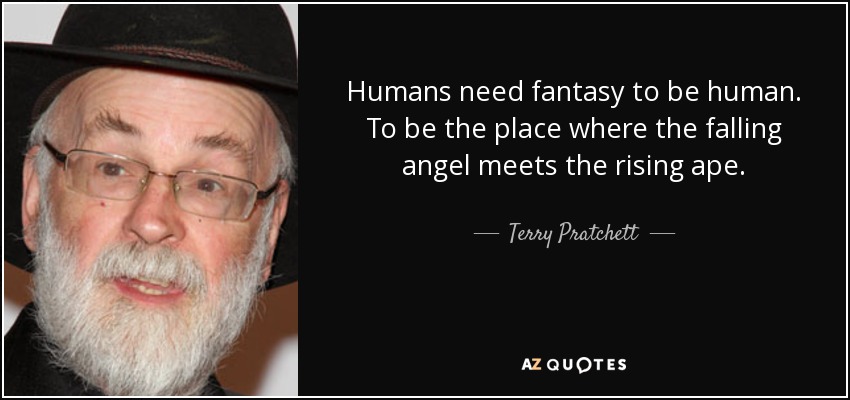

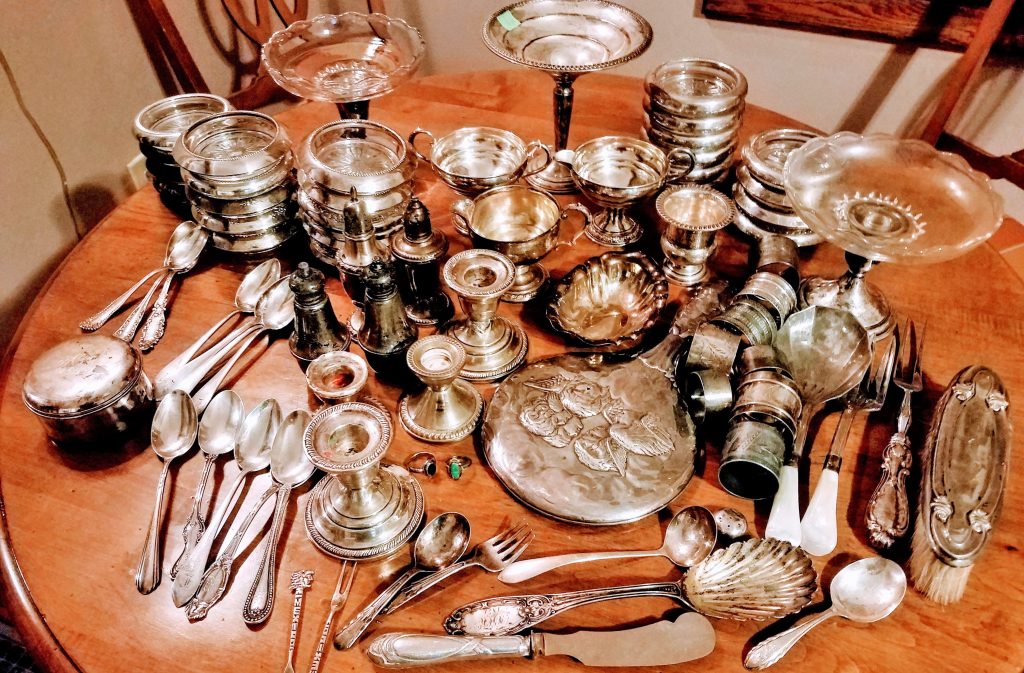
I often start with a definition, so my readers and I are on the same page. In this instance, a collection is related things acquired on purpose. Collecting is not a new activity. Evidence of collections date back to 500-400 BCE. Mesopotamia?
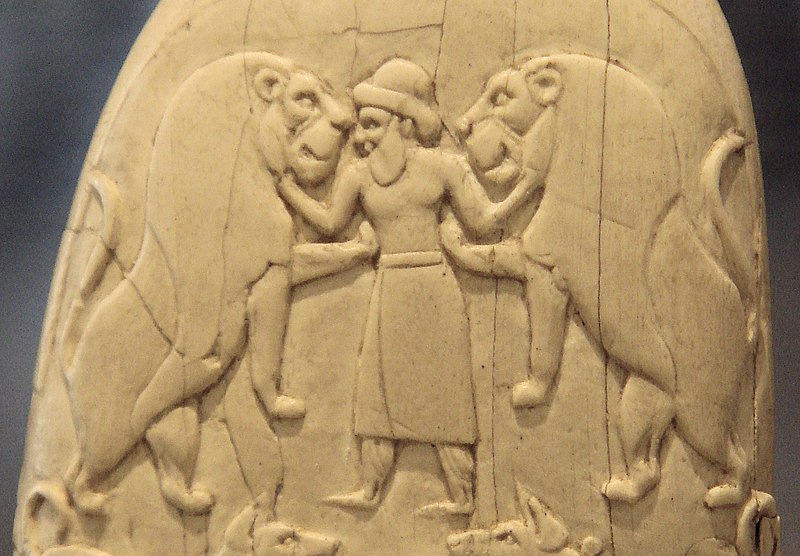
Some claim that everyone collects something, be it athletic trophies, family photographs, antique farm implements, theater programs, or anything else that catches the collector’s fancy. Some claim that a true collection has no essential or practical use.
Which begs the question, what about a cookbook collection? In my opinion, a collection is like pornography: you know it when you see it.



In better knowing your character, there are two relevant aspects of collections: what is collected and why it is collected. These are often intertwined.
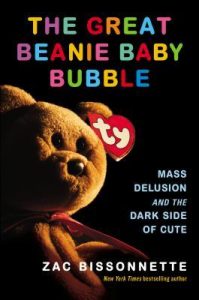
Investment often means collecting things that a museum might be interested in. The bottom line is that the thing collected has been shown over the years, potentially, to provide some degree of financial return to the collector.
A complete set of something finite, e.g., all 13 editions of the Fannie Farmer Cookbooks, would be worth more than the individual items, but financial reasons are often irrelevant. There is satisfaction in simply having all of them. As a collecting motive, set completion may well be related to OCD tendencies.
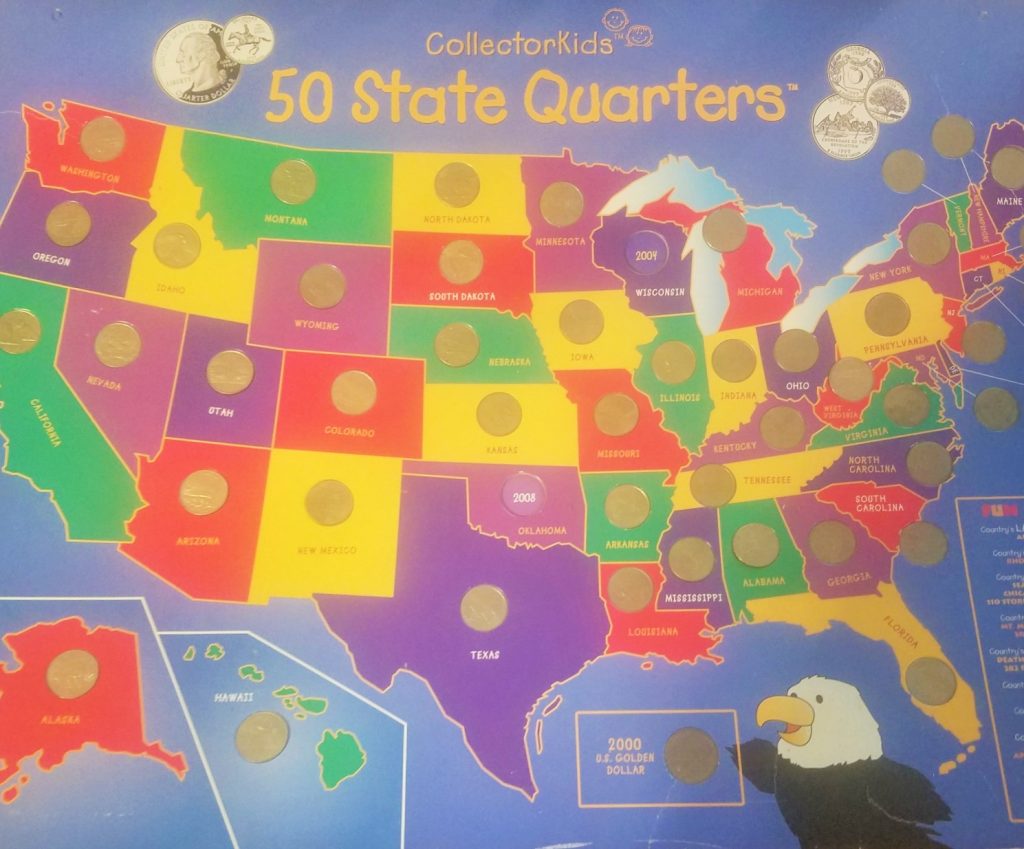
Note: Most set completions do not preclude others completing the same set.
How does one rationally explain the collecting of matchbook covers, Cracker Jacks toys, belt buckles, salt cellars, shot glasses, door knobs, etc.?








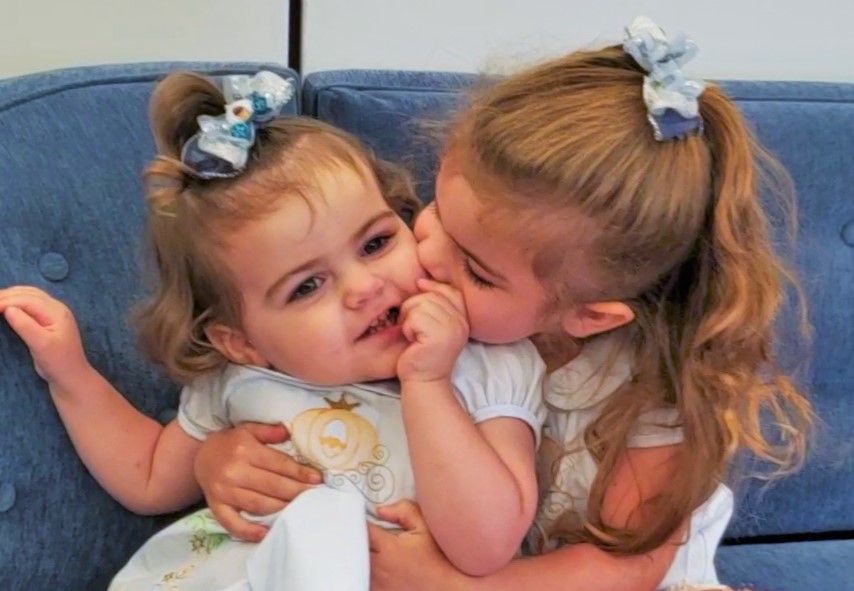


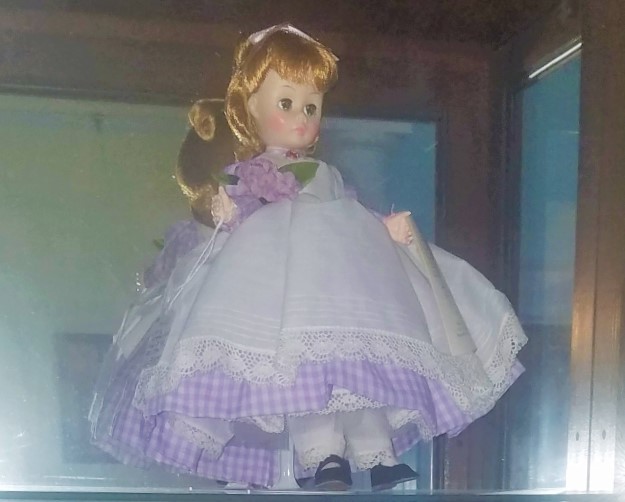
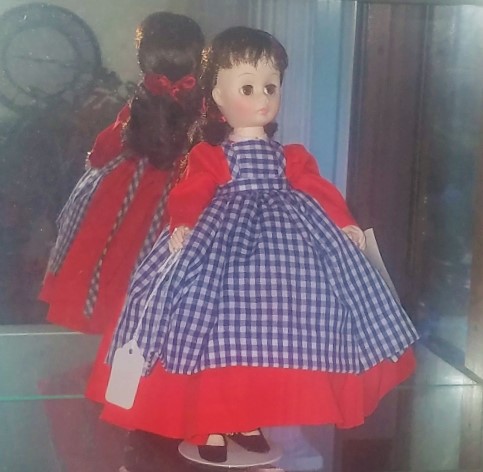
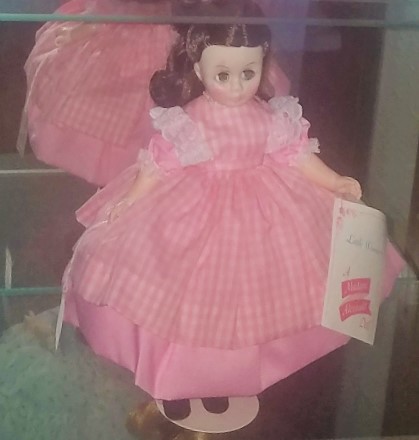


.
.
.
.




Questions for Writers


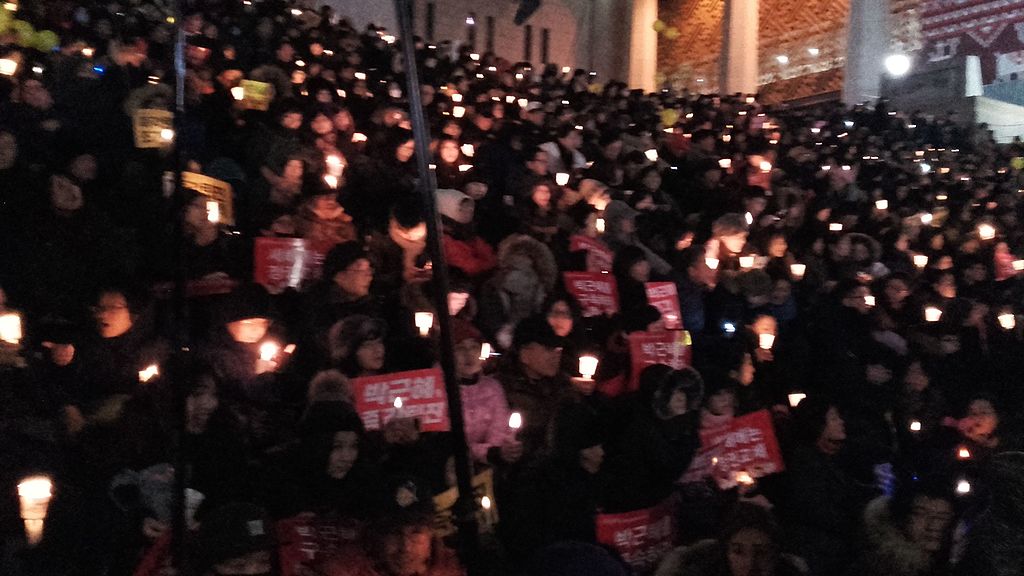
As the Winter Solstice approaches, many people are feeling a little low—or a lot. Fortunately, there are several holidays and celebrations around this time of year to add a little light to your schedule. Here are just a few:
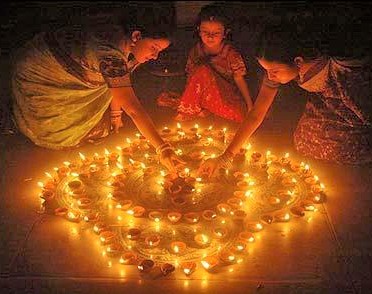
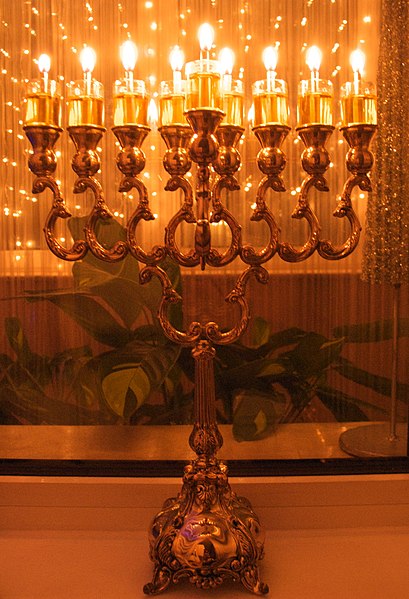
Hanukkah is a Jewish festival of lights celebrated in November or December, according to the Gregorian calendar.
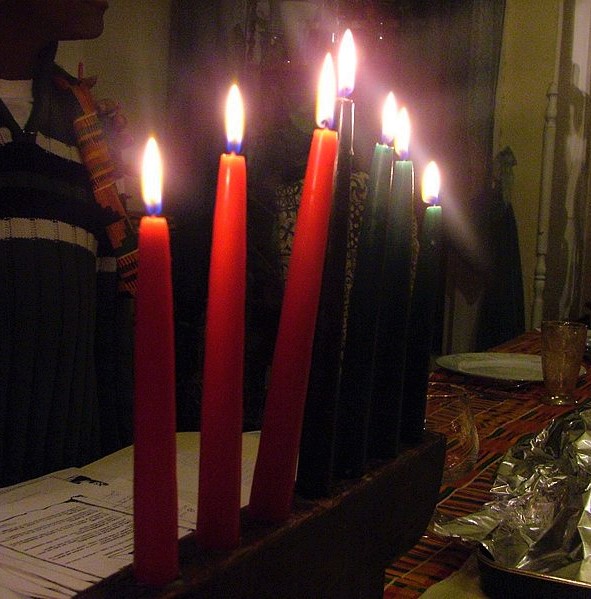
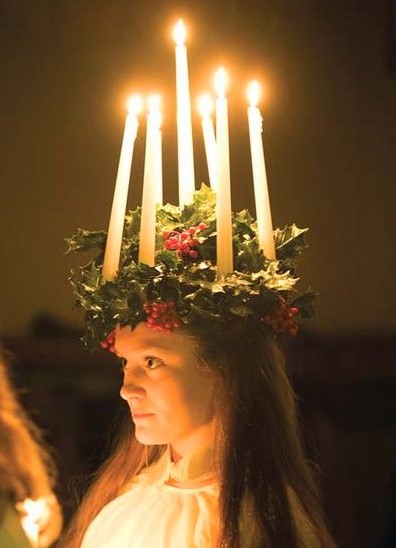
Lussevaka or Santa Lucia Day is a celebration of light, community, and the triumph of good over evil. It is primarily celebrated in Sweden, but St Lucia festivals are also held in Croatia, Italy, France, Germany, and Norway on December 13.
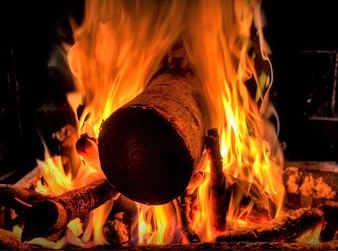
Yule is celebrated in many different ways by Pagans and Wiccans. It is the celebration of the Winter Solstice, the return of the sun. This is often symbolically represented by burning a Yule log, signifying the rebirth of the Oak King and waning of the Holly King.

There is a term for those who suffer most when the days grow short: SAD (Seasonal Affective Disorder). SAD increases in higher latitudes where the winter days are short. Light therapy, where you arrange a special wide-spectrum light therapy box device at an angle to your face. Using such a device for several hours at the same time every day can be used to treat SAD. It can also help treat those who have depression all year round, improving their overall well-being.

Scientists have also discovered that light therapy can lower nighttime agitation in Alzheimer’s patients and reduce symptoms in Parkinson’s patients, including sleeping problems and tremors.
Whether sick or healthy, light definitely affects your mood. According to research, one in four people in Alaska suffers from depression – and it’s mainly caused by a lack of sunlight.

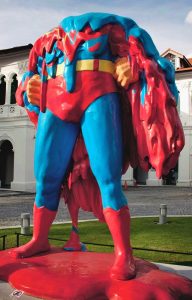
Sunshine can also help with pain control. Research shows that patients whose beds are on a sunny side of a hospital experience less pain than those whose rooms are in the shade. As well as reduced pain, patients in sunny rooms tend to recover sooner, use fewer painkillers, and feel less stressed. One theory is that exposure to sunlight releases serotonin: a feel-good chemical in the brain.
High solar activity has been found to increase fertility rates. Furthermore, light can also give men a boost in the bedroom. Research has shown that higher testosterone is boosted by Vitamin D. The biggest source? The sun. A light box would have the same affect, but is possibly less romantic than a sunny picnic or stroll along the beach.
As far as I can tell, the health benefits of sunlight are all attributed to Vitamin D effects on/in the body.
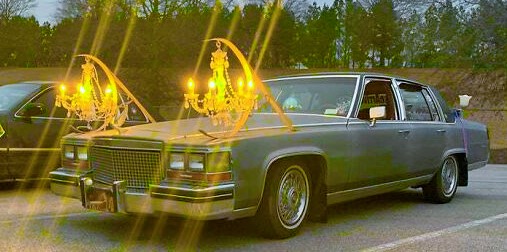
Aside from the health benefits of light, many practical applications have lead to the creation of light when there is no sun—primarily the benefits of being able to see in the dark!
Over the centuries, we’ve seen many advances in created light.
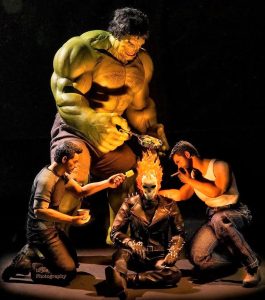
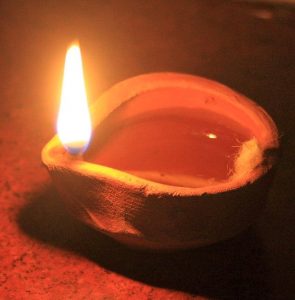
Until the 20th century, candles were most common in Northern Europe. In Southern Europe and the Mediterranean, oil lamps predominated.
Besides providing light, candles were used for the purpose of measuring time, usually in hours. The Song Dynasty in China (960-1279) used candle clocks.
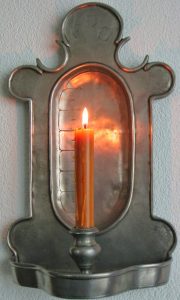
A version of a candle clock is often used to mark the countdown of the days leading to Christmas. This is called an Advent candle.
Note: This term is also used for candles that decorate an Advent wreath.
Among the earliest forms of created light, candles have had the greatest staying power into modern times for numerous uses. An estimated 1 billion pounds of wax are used in the candles sold each year in the United States.
FYI: No candle wax has ever been shown to be toxic or harmful to humans.
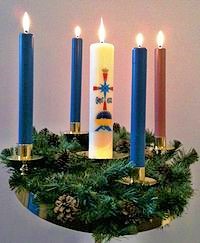
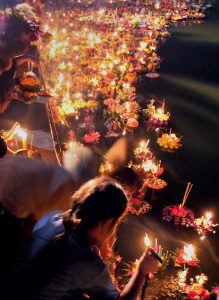
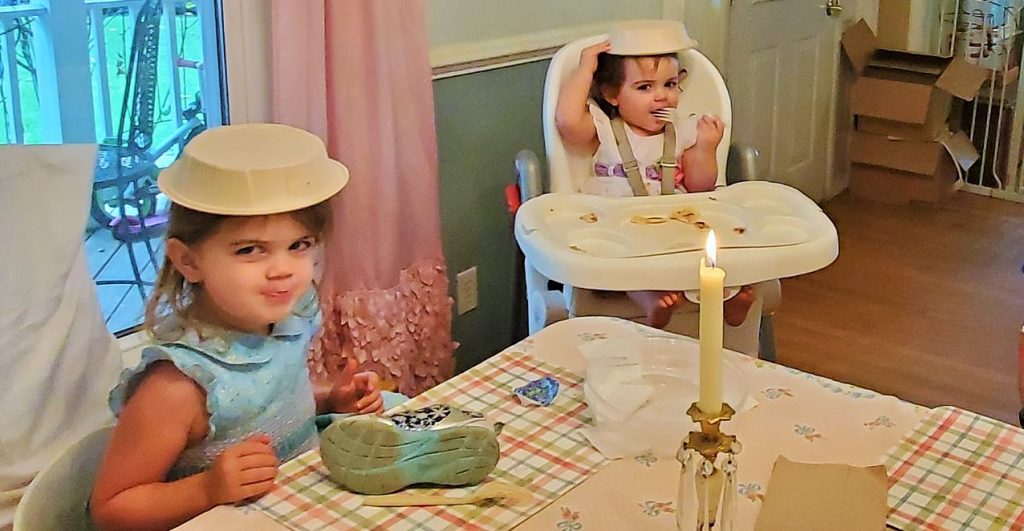
As the days grow shorter and night falls like a rock earlier and earlier, many people light candles around the house, even when they have electric lights, simply because the warm glow is cheerful. Which brings us back to human craving for light!

Gas lights were developed in the 1790s and were in common use in large cities by the middle of the nineteenth century. Streetlamps made the night safer (in wealthy areas) and gas piped into houses allowed (wealthy) homeowners to ignore the setting sun.
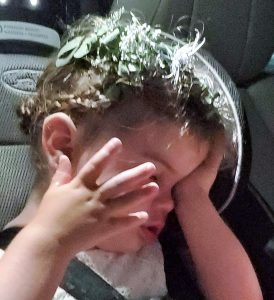
The invention of the electric-powered incandescent light bulb was even more effective in making the sun obsolete. Since electric lights have become nearly universal, ideas like a 24 hour workday and cutting sleep to work more have become nearly as universal.
Newborn incubators, refrigeration, pacemakers, surgical lighting, heated houses, underground ventilation, and electric harp string tuning meters are undoubtedly beneficial to human society. However, humans in general have become increasingly sleep-deprived and overworked since the spread of electricity. Heated and lighted houses have also made humans more likely to stay indoors all winter, avoiding direct sunlight. This leads right back to the beginning of this blog – Seasonal Affective Disorder.


Bottom line: Humans need light for a multitude of reasons, and in a multitude of forms.
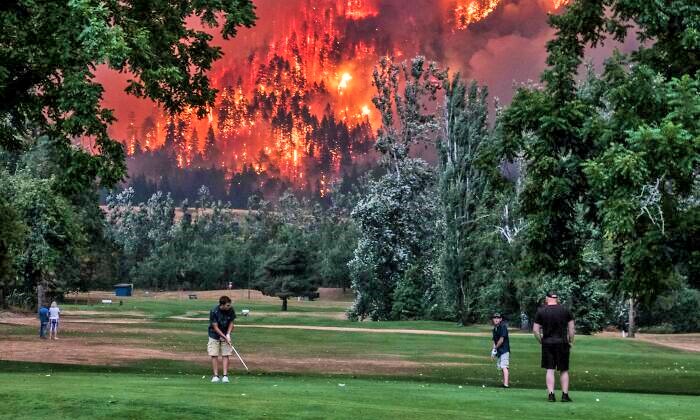
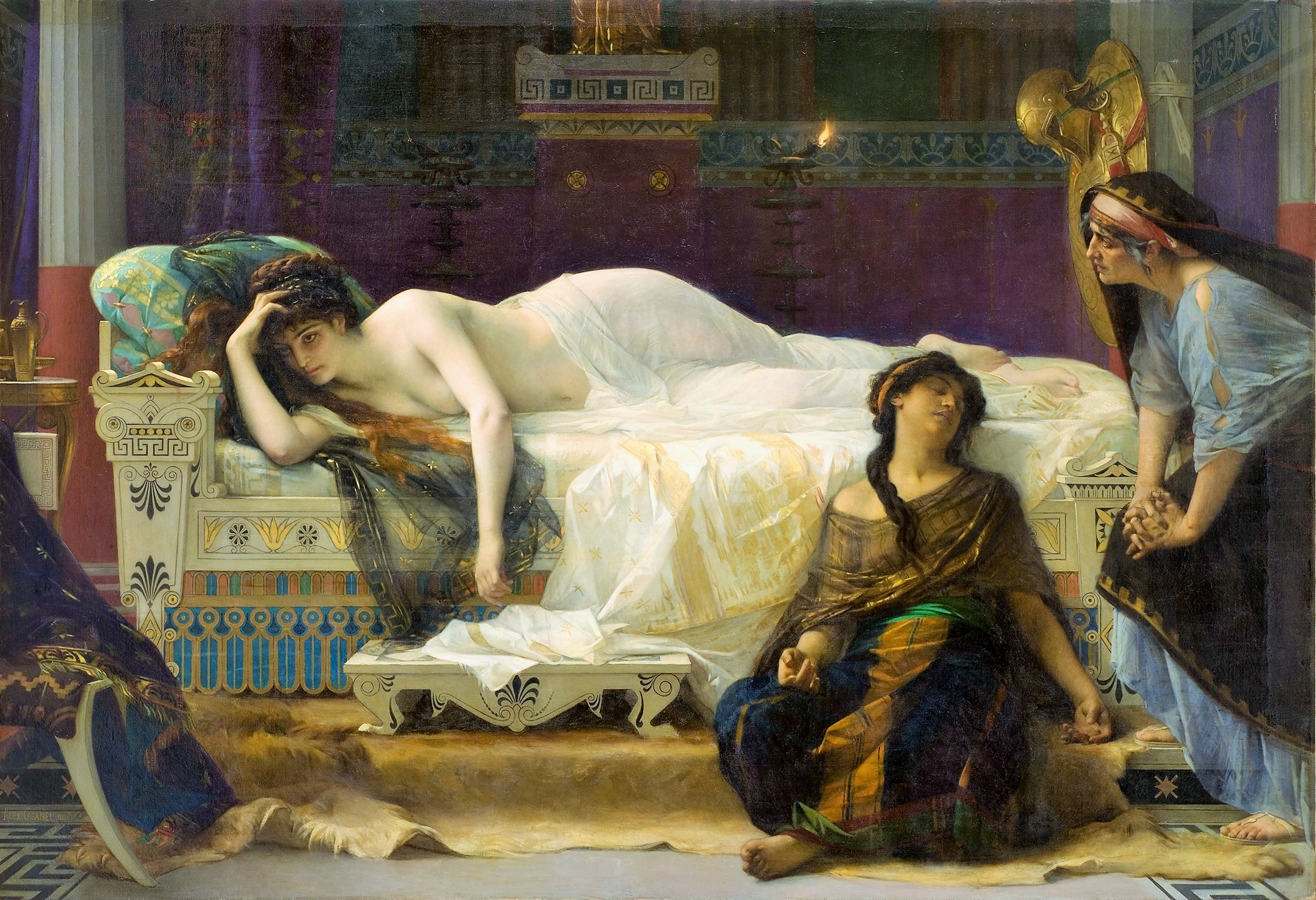
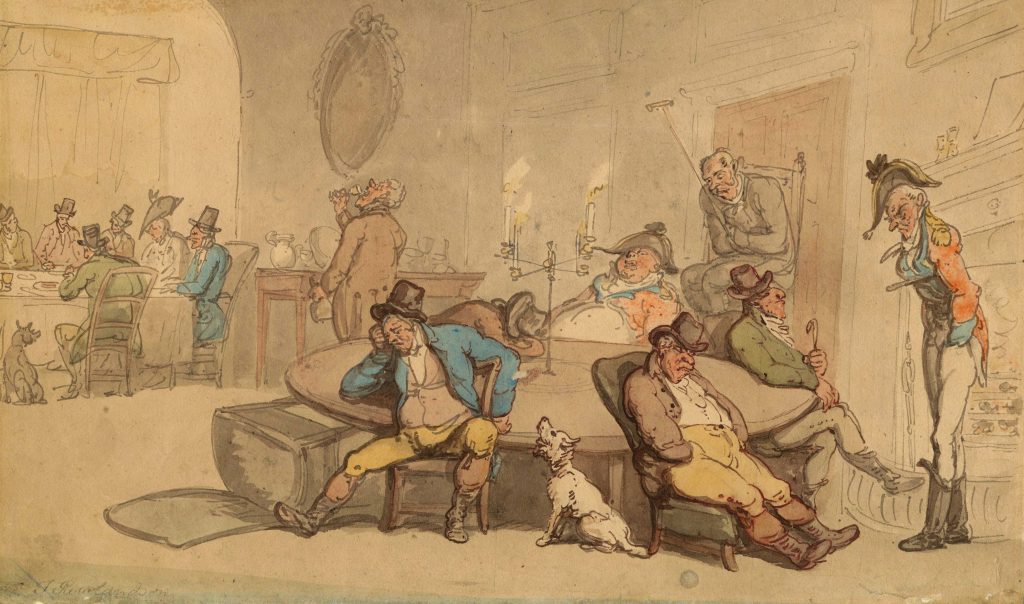
I’ve long maintained that people always do things for a reason—or more than one. Even habits are not “just habits.” There are reasons people repeatedly do something—often non-consciously—and this includes bad habits. At this point, most writing on the topic of bad habits would veer off into a discussion of ways to break them. But this blog is about what people get out of their habits that might not be immediately obvious.
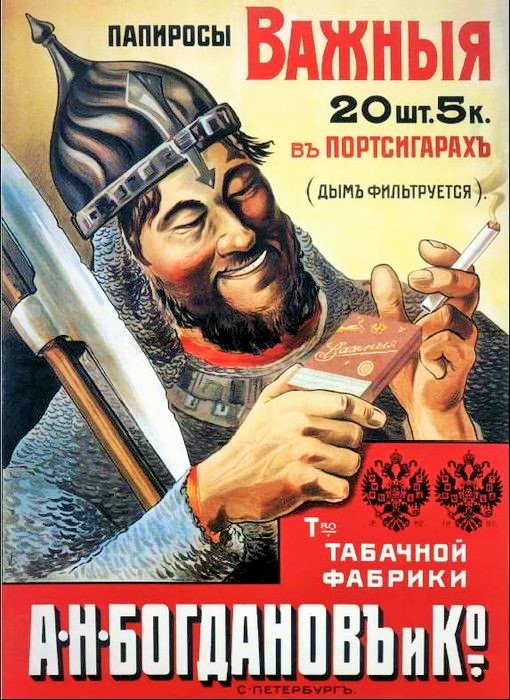
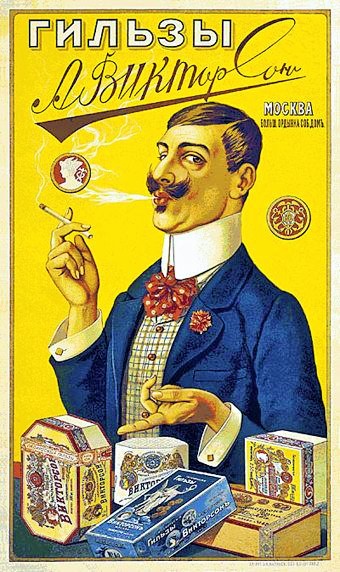
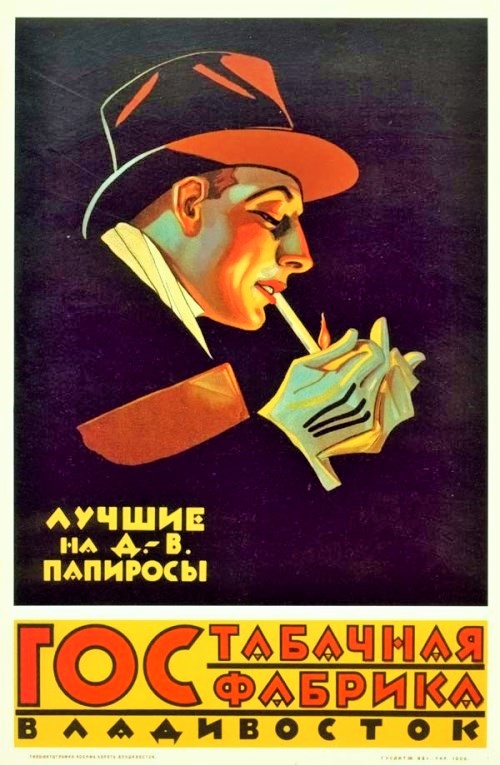
A bad habit is that action which causes problems for our health, income, career, or relationships. Something that is bad is unpleasant, harmful, or undesirable.

Note: Some of the behaviors listed here might not be considered bad habits by everyone. Anything done to excess can become harmful, after all. Drinking too much water can lead to hyponatremia. Spending too much of your time helping others can lead to ignoring self-care.
Here, in no particular order:
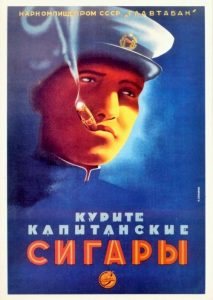
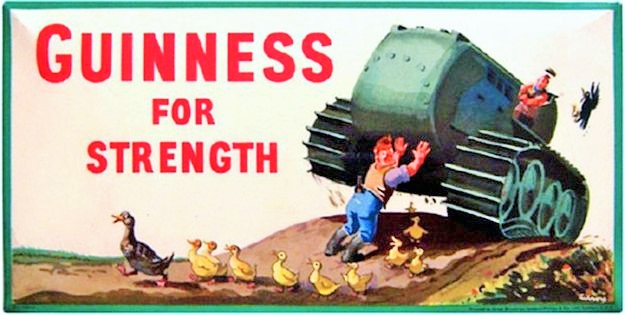
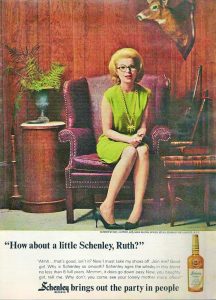



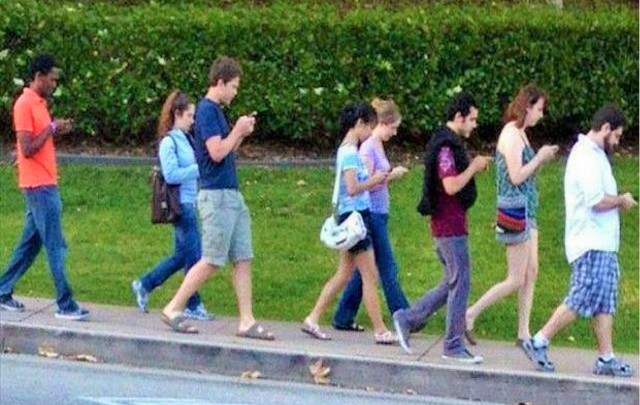


Eating quickly is fairly common in some circumstances. Gulping down a meal within a few minutes is a bit less common.




Tapping toes, drumming fingers, or other incidental movements

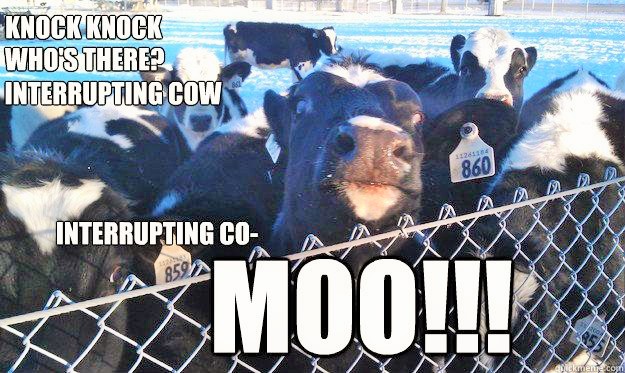
BOTTOM LINE: The downsides of bad habits have been well-documented. But everyone gets something out of every act, especially repetitive acts.